Luxury UPVC - where luxury
meets affordability
Luxury UPVC - where luxury
meets affordability
Luxury UPVC
- where luxury
meets affordability
About us
About us
Welcome to Luxury UPVC: where luxury meets functionality in every renovation. Specialising in UPVC solutions for bathrooms and kitchens, we redefine elegance and durability for your home. With our commitment to quality craftsmanship and attention to detail, we bring your vision to life, delivering unmatched sophistication tailored to your budget and needs! Your ideas – brought to life, by us!
Our Services
Our Services
Our Services
RENOVATIONKitchens


RENOVATION✨ Transform Your Kitchens
Dreaming of a stylish, functional kitchen? Our expert renovation services make it a reality. We offer custom designs, quality materials, and expert craftsmanship, ensuring every detail is perfect. From makeovers and custom cabinets to countertops and lighting, we handle it all.
What do we offer?
➕ Consultation
➕ 3D visualization
➕ Material selection
➕ Furniture selection
➕ Furniture design
➕ Renovation
➕ Furniture Manufacturing
➕ Furniture Installation
➕ Equipment Installation
👉 Happy Wife, Hapy Life! Register for the service online now😊
RENOVATIONKitchens Projects






RENOVATIONKitchens Projects
Manufacturing of kitchens and bathrooms furniture

RENOVATION🫧 Furniture manufacturing
The manufacturing of kitchen and bathroom furniture involves a series of precise steps to ensure durability, functionality, and aesthetic appeal. Here’s an overview of the typical processes involved:
1. Material Selection
-
Substrate Materials: Commonly used materials include particleboard, medium-density fiberboard (MDF), and plywood. These engineered woods provide stability and cost-effectiveness. For instance, moisture-resistant (MR) particleboard is often chosen for its ability to withstand high humidity and occasional wetting, making it suitable for kitchen and bathroom environments.
-
Surface Finishes: Decorative laminates are frequently applied to the surface of these substrates to enhance appearance and provide protection. High-pressure laminates (HPL) are particularly popular due to their durability and resistance to wear.
2. Cutting and Shaping
-
Panel Sizing: Large sheets of the chosen substrate are cut into specific sizes using panel saws or CNC (Computer Numerical Control) machines. This ensures precision and consistency in dimensions.
-
Edge Banding: The exposed edges of the panels are sealed with edge banding materials to protect against moisture and enhance aesthetics. This process also prevents chipping and provides a smooth finish.
3. Drilling and Grooving
-
Hole Drilling: Holes are drilled for dowels, screws, and hardware installation. The 32 mm cabinetmaking system is a standard approach where holes are spaced 32 mm apart, allowing for adjustable shelving and standardized hardware fitting.
-
Grooving: Grooves are cut to accommodate back panels or drawer bottoms, ensuring a snug fit and structural integrity.
4. Assembly
-
Carcass Construction: The main body (carcass) of the cabinet is assembled by joining the cut and prepared panels. This is typically done using dowels, screws, or cam-lock systems to ensure sturdy construction.
-
Door and Drawer Front Installation: Once the carcass is assembled, doors and drawer fronts are attached using appropriate hinges and slides. Adjustments are made to ensure proper alignment and smooth operation.
5. Finishing Touches
-
Sanding and Painting: Surfaces are sanded to achieve a smooth texture, followed by painting or staining to attain the desired color and finish. This step enhances both the appearance and protection of the furniture.
-
Hardware Installation: Handles, knobs, and other hardware are installed as per design specifications, adding functionality and style to the finished product.
👉 Happy Wife, Hapy Life! Register for the service online now😊
RENOVATIONThe process of bathroom renovation


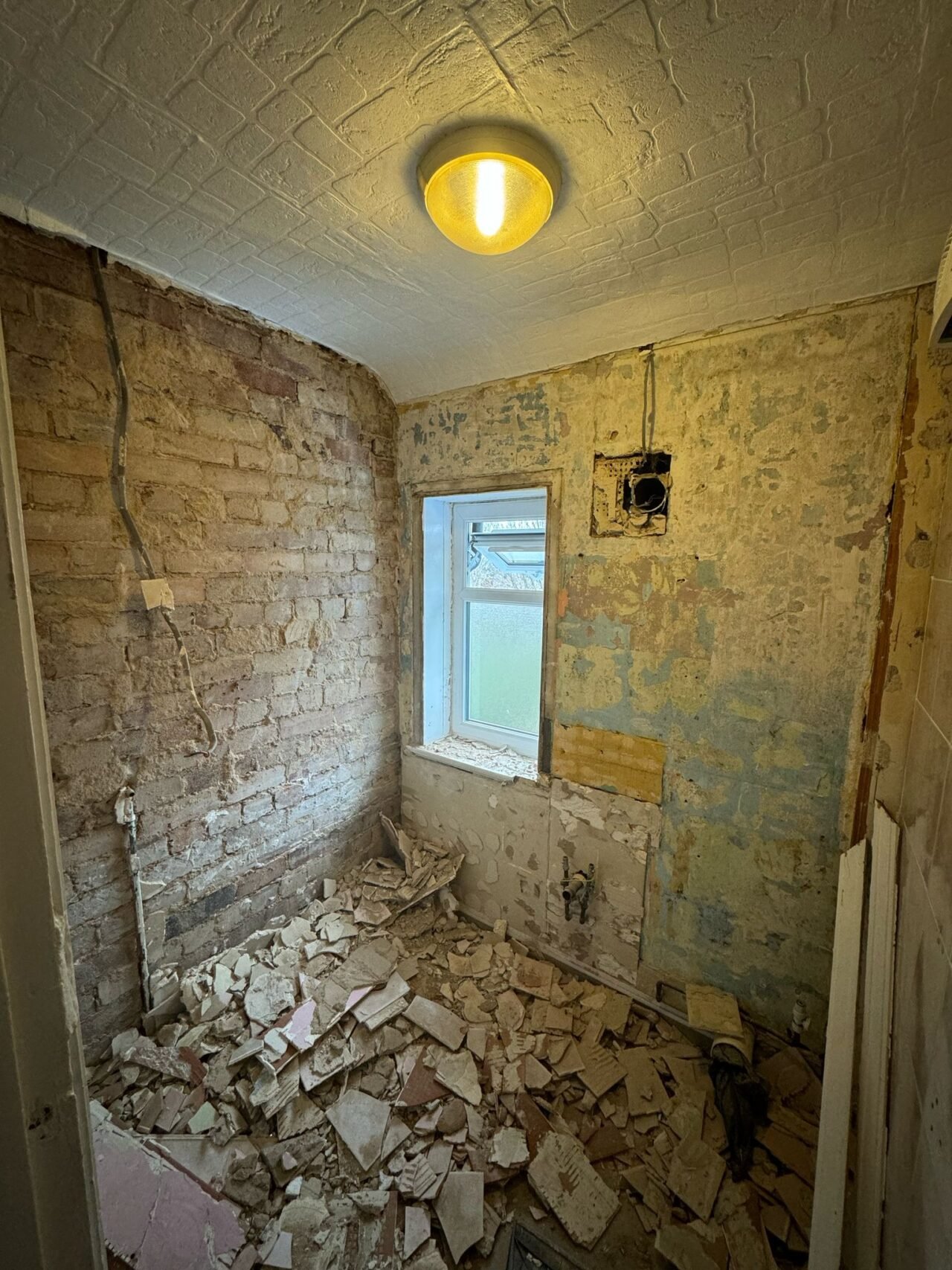

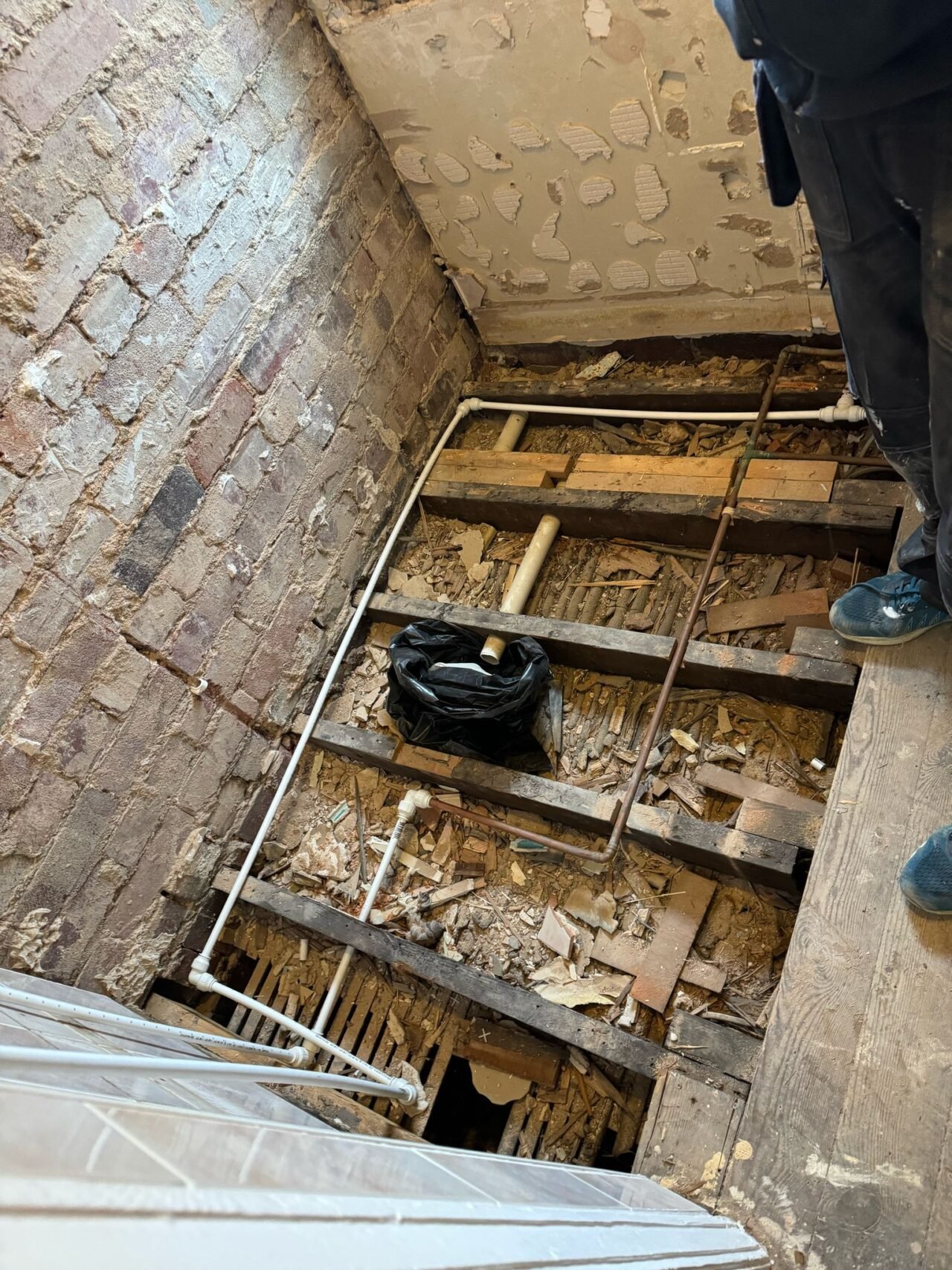
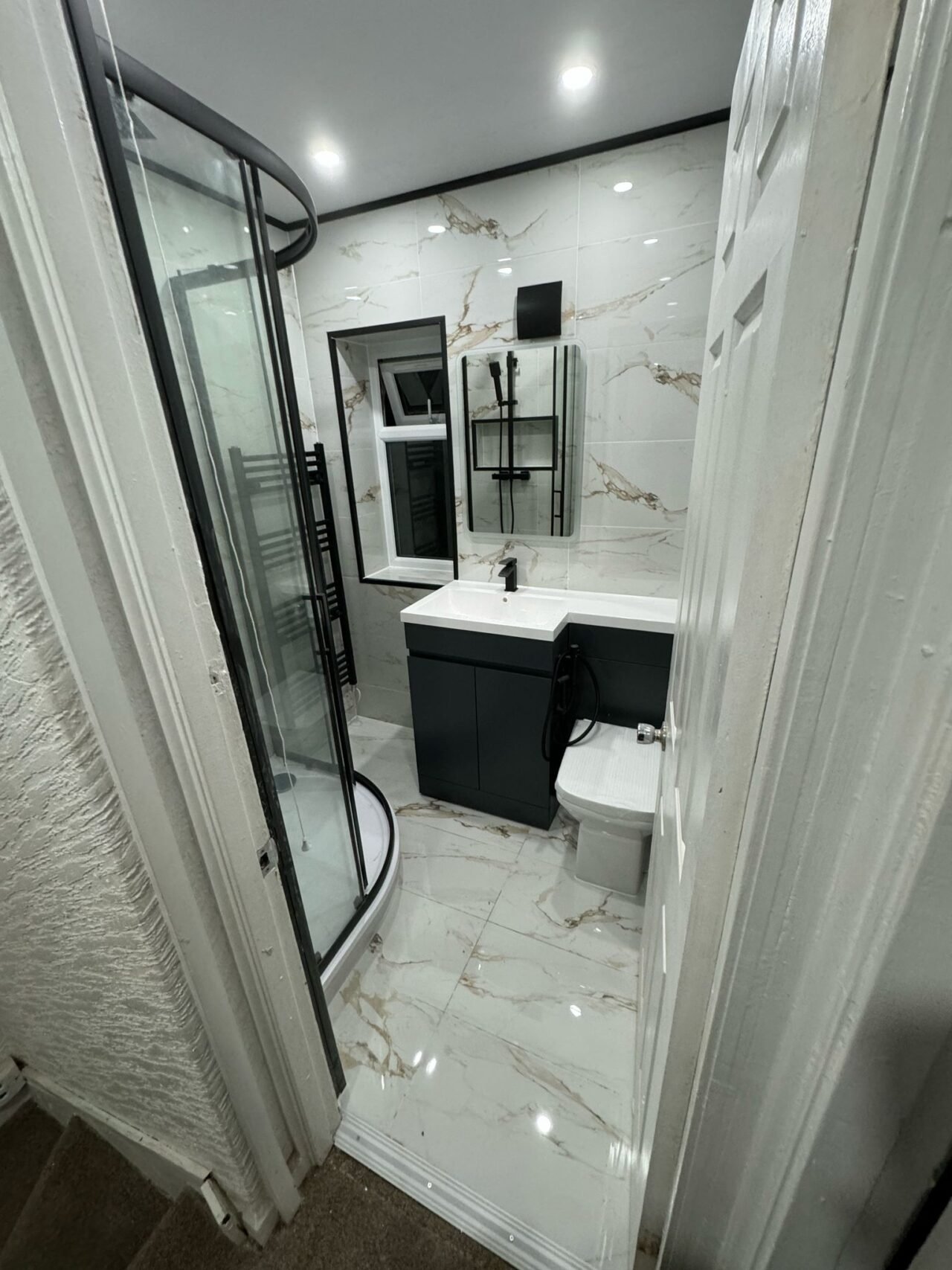




RENOVATIONThe process of bathroom renovation
RENOVATIONBathrooms Projects
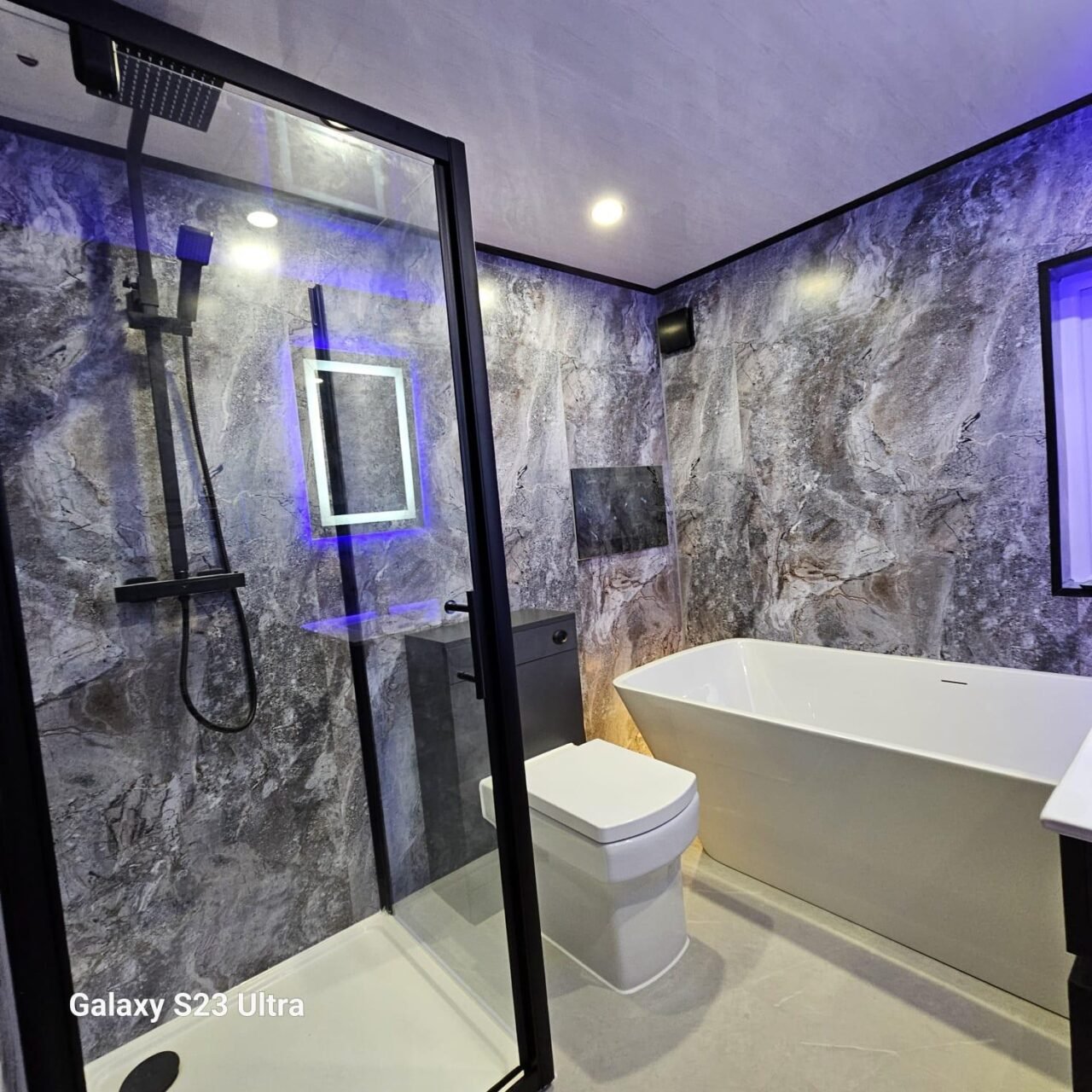
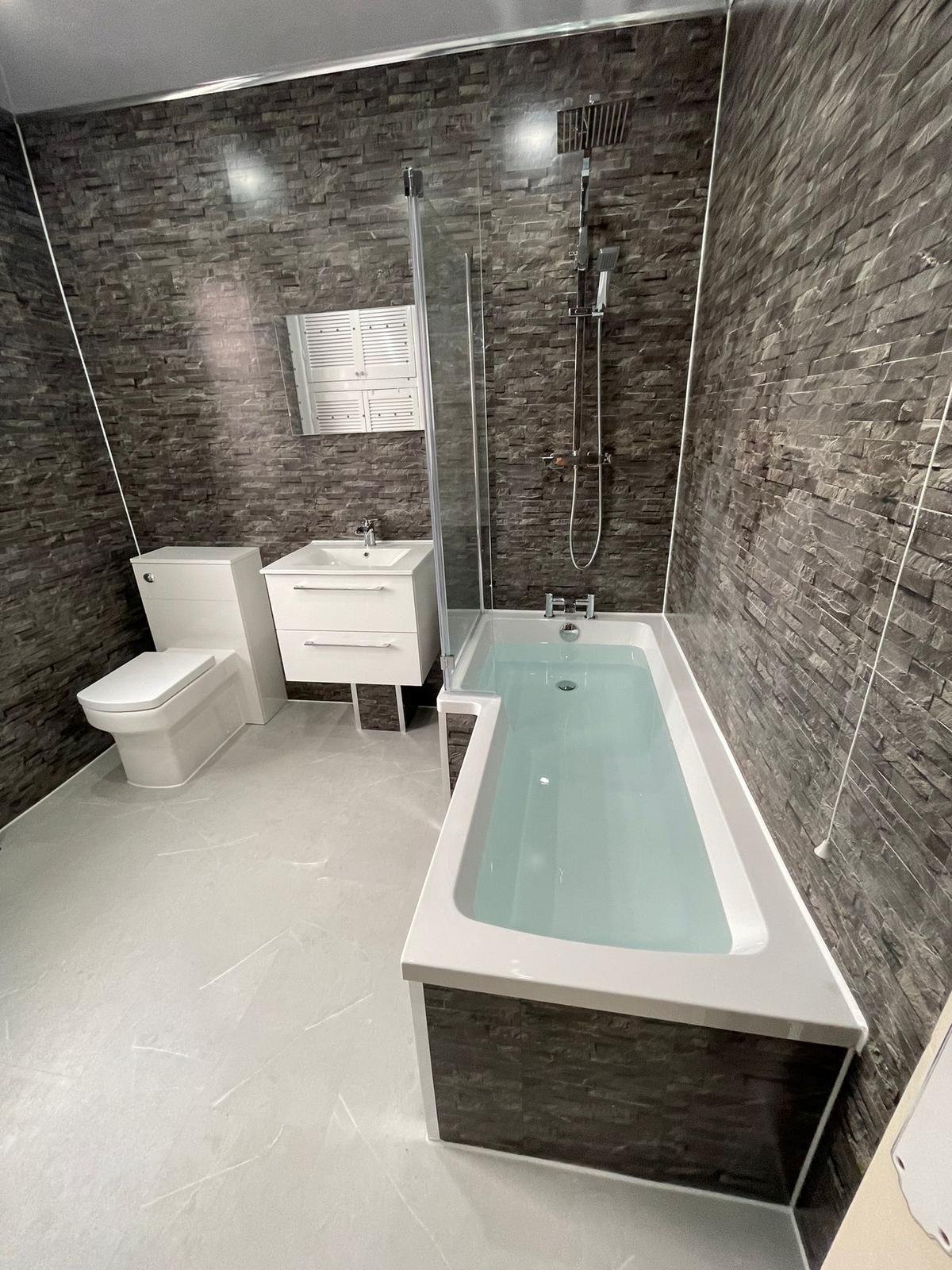
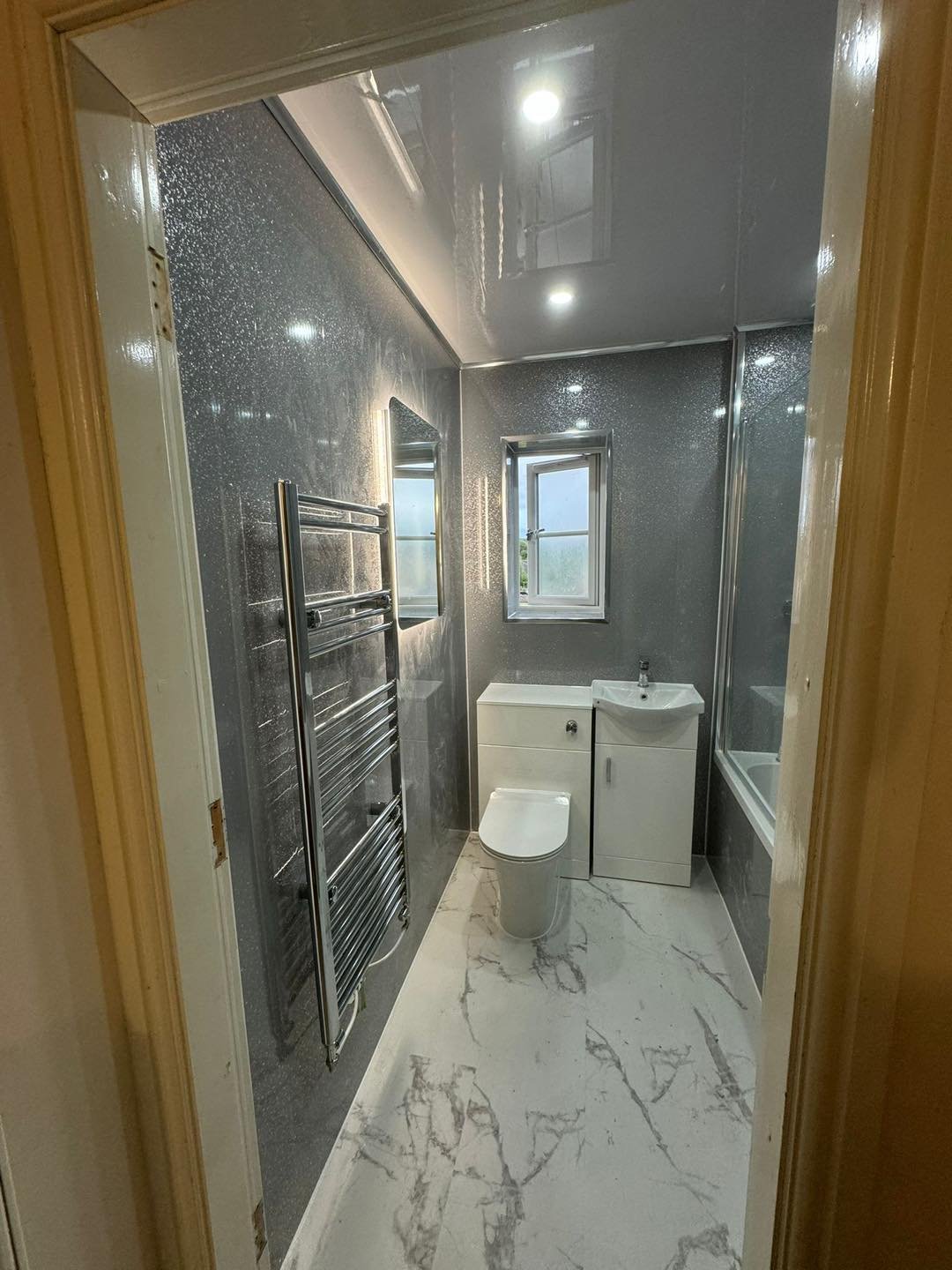

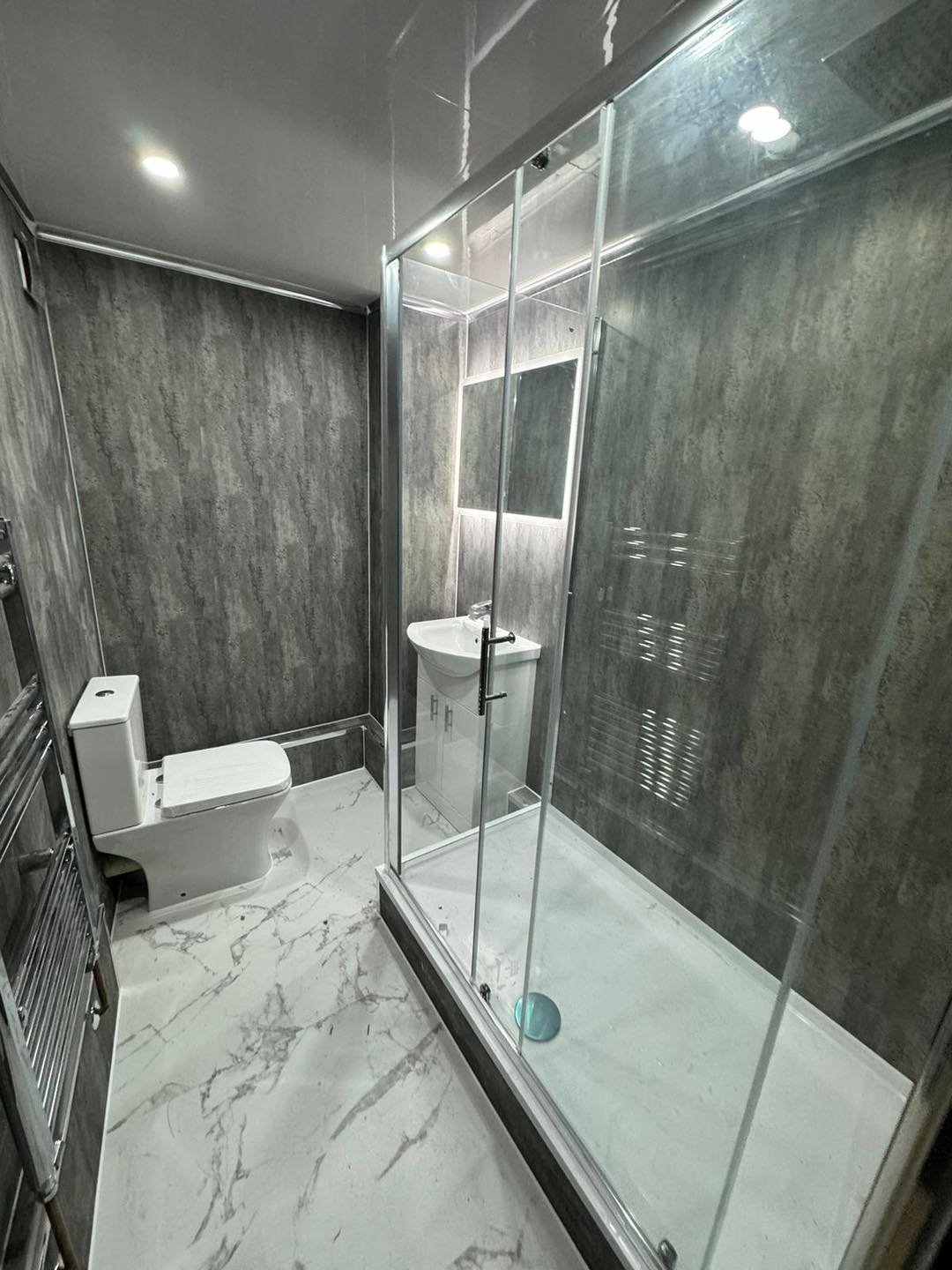

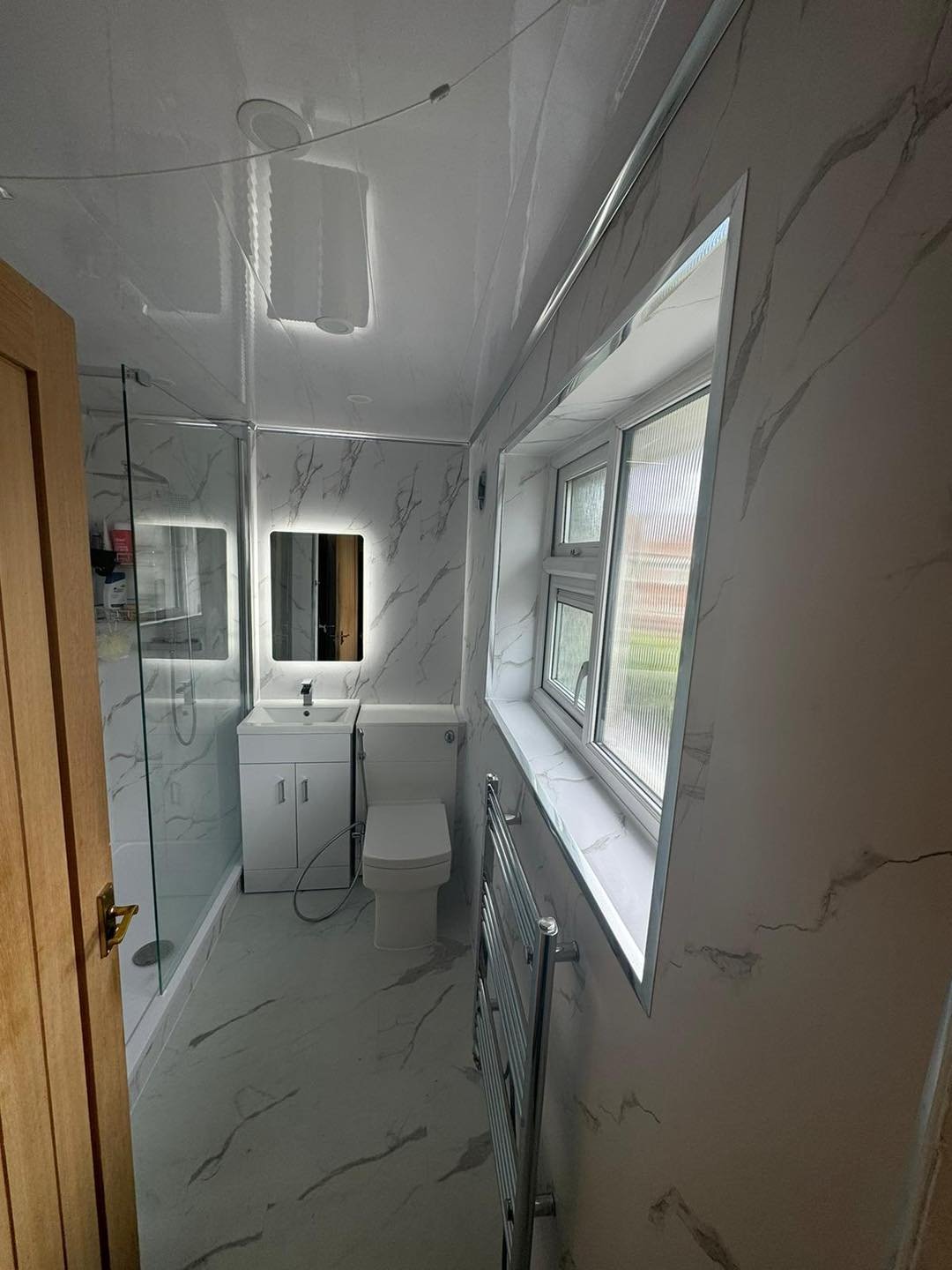
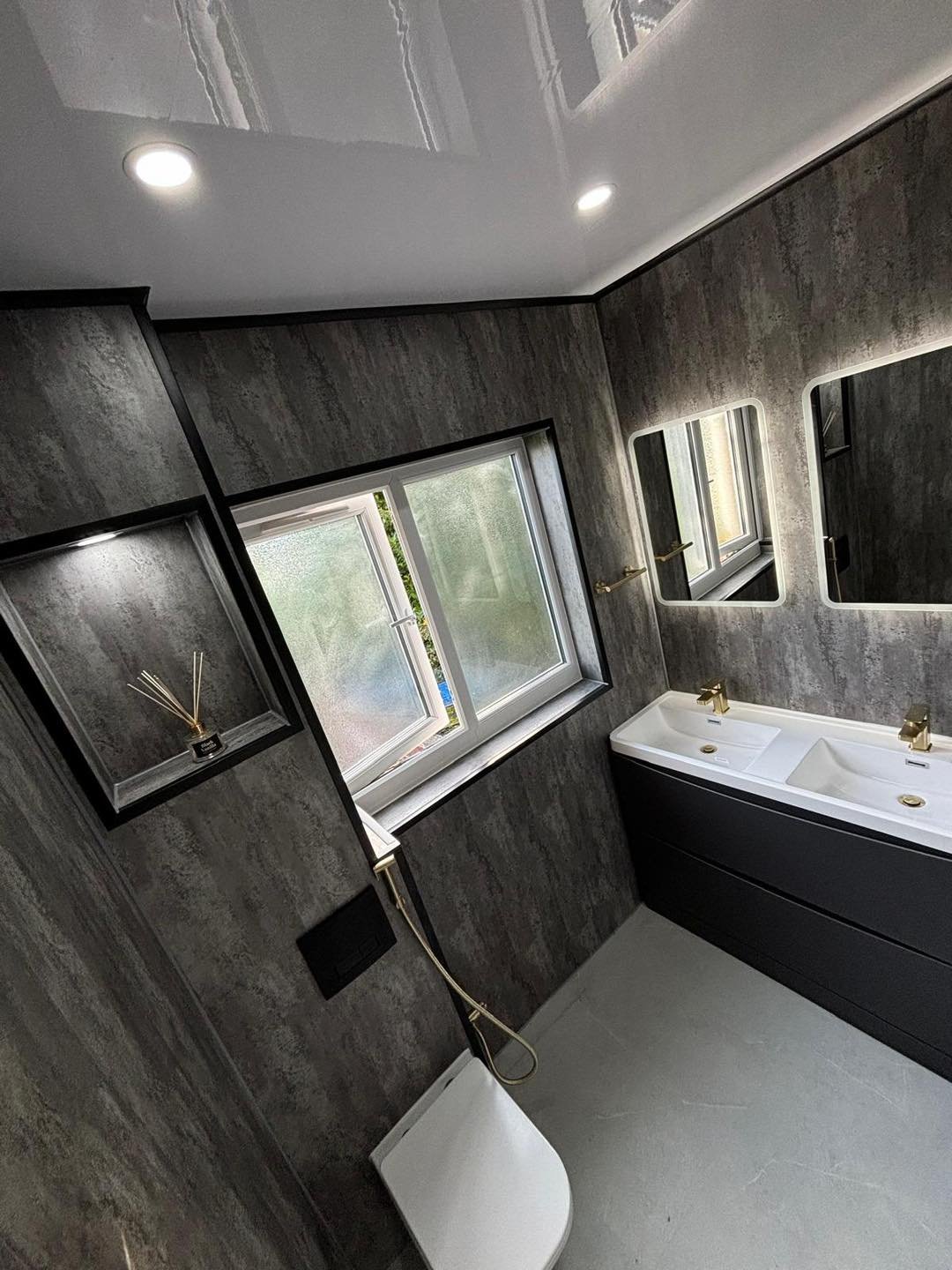
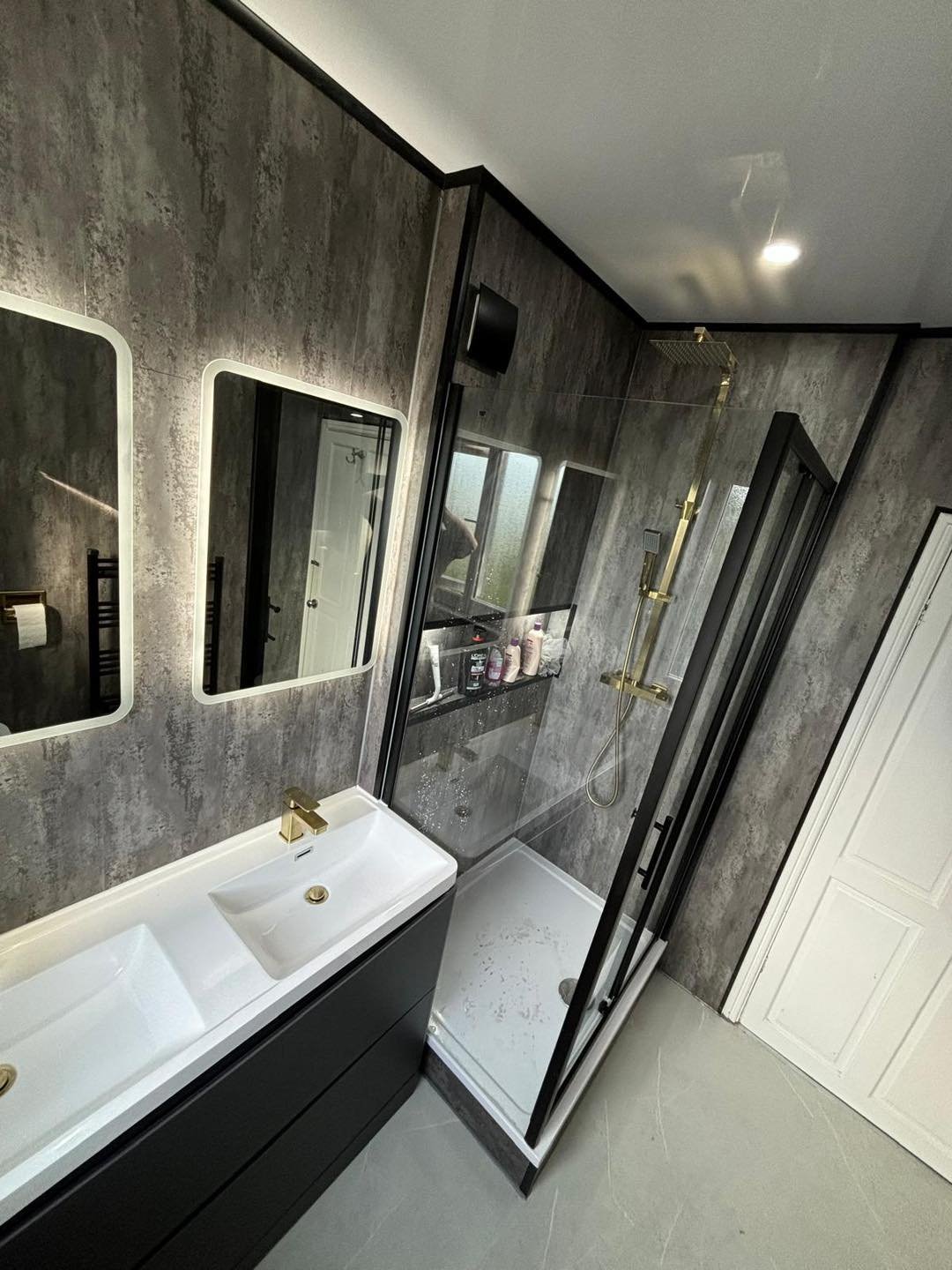

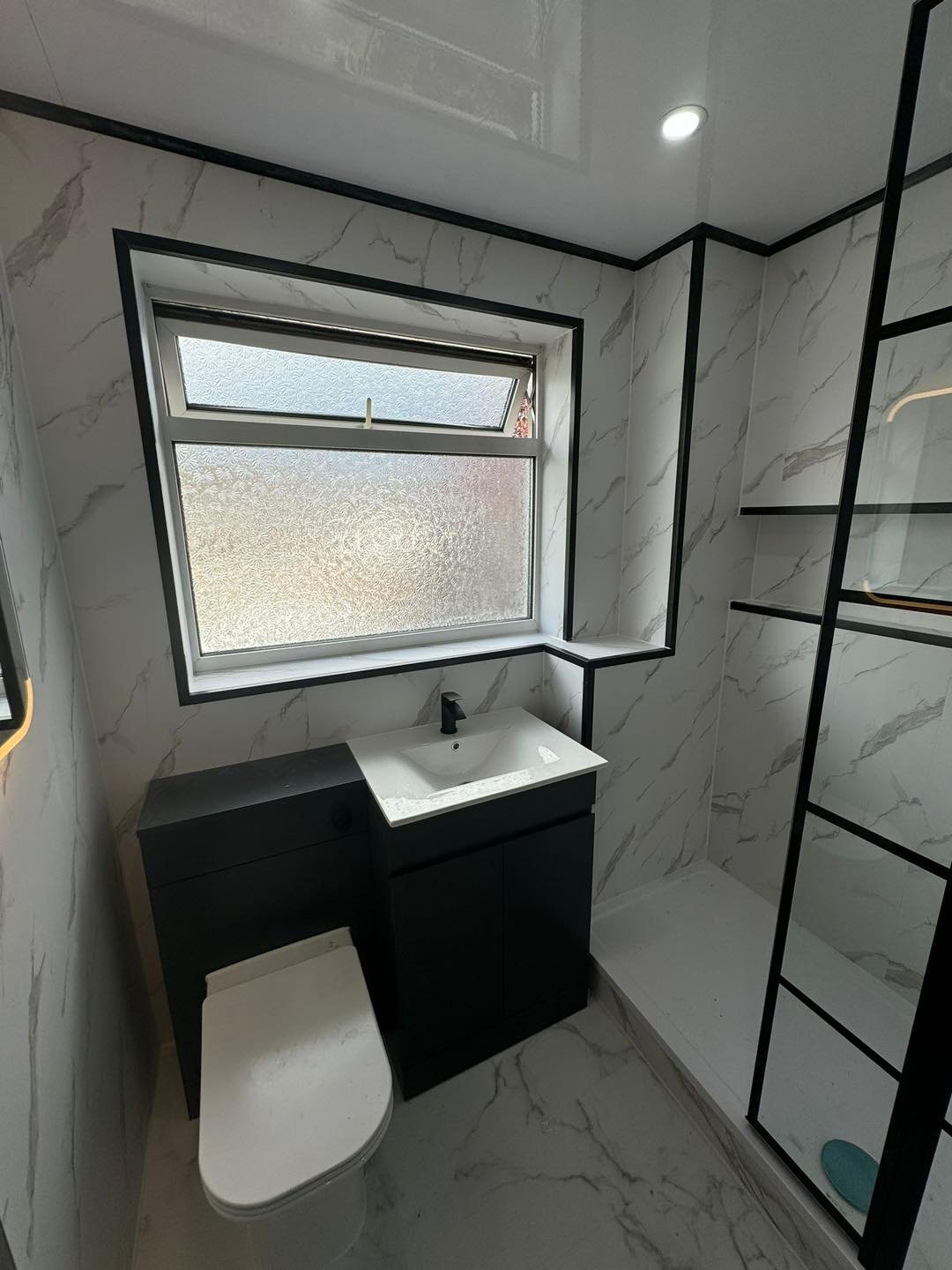

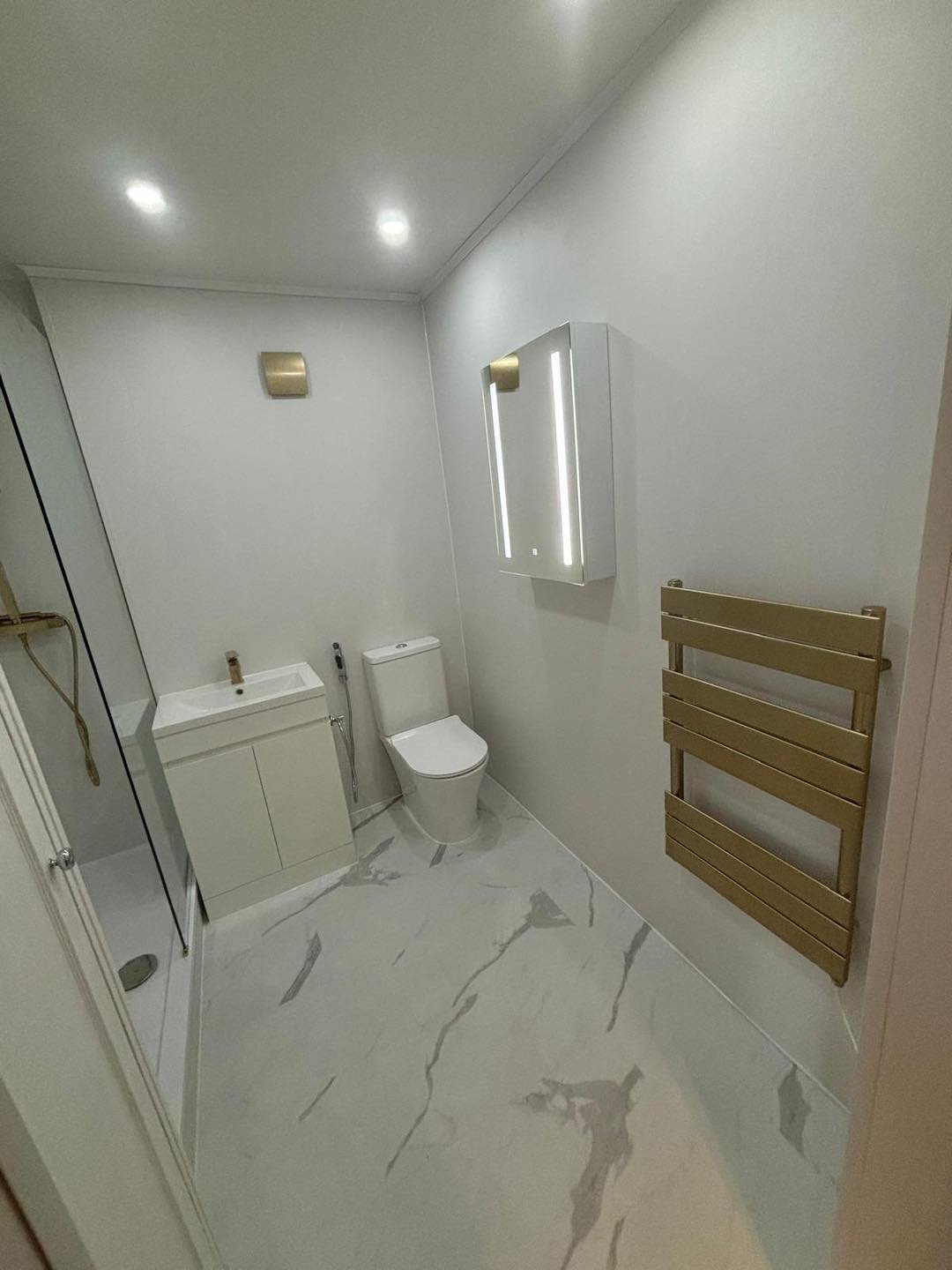

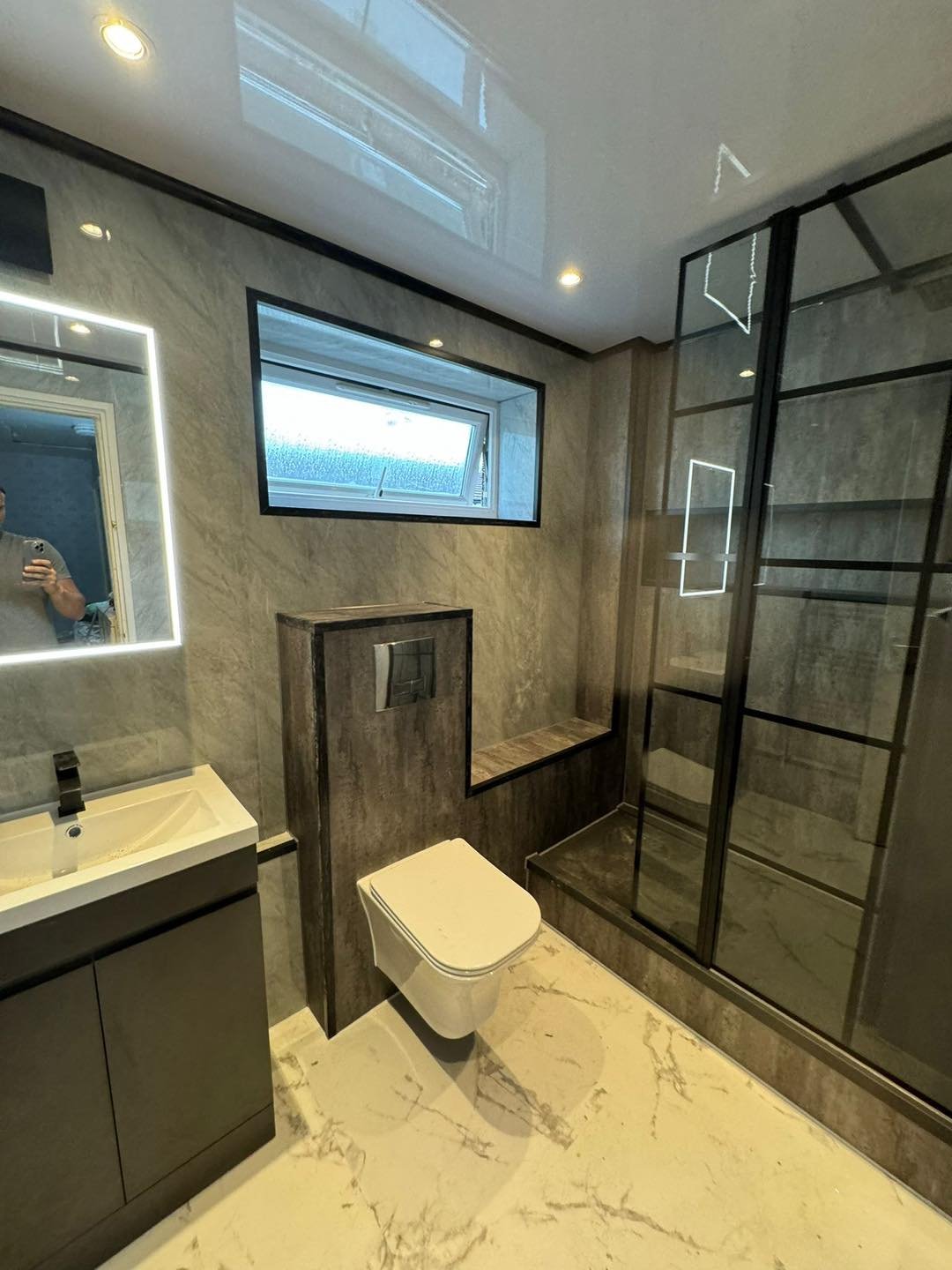
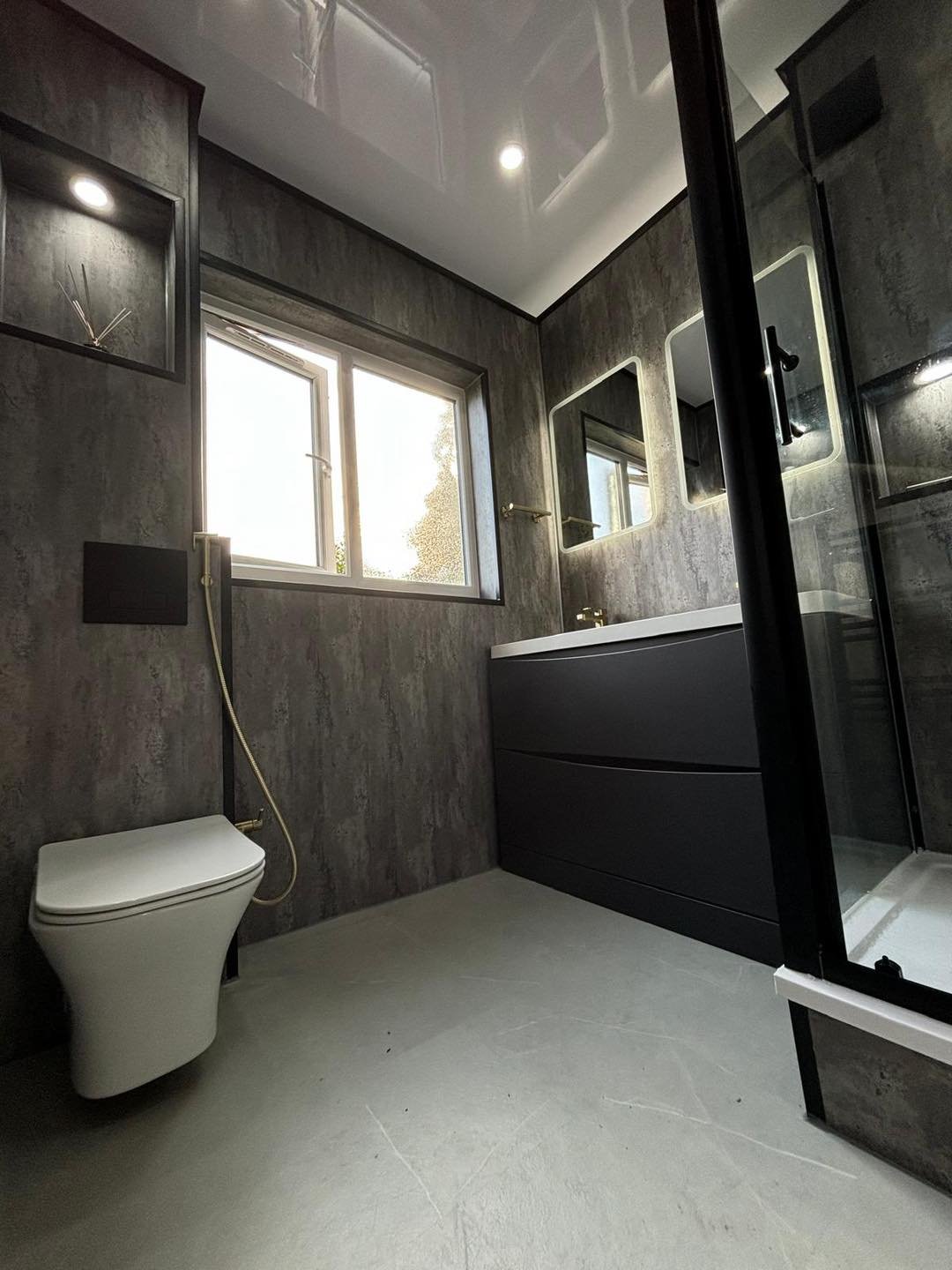
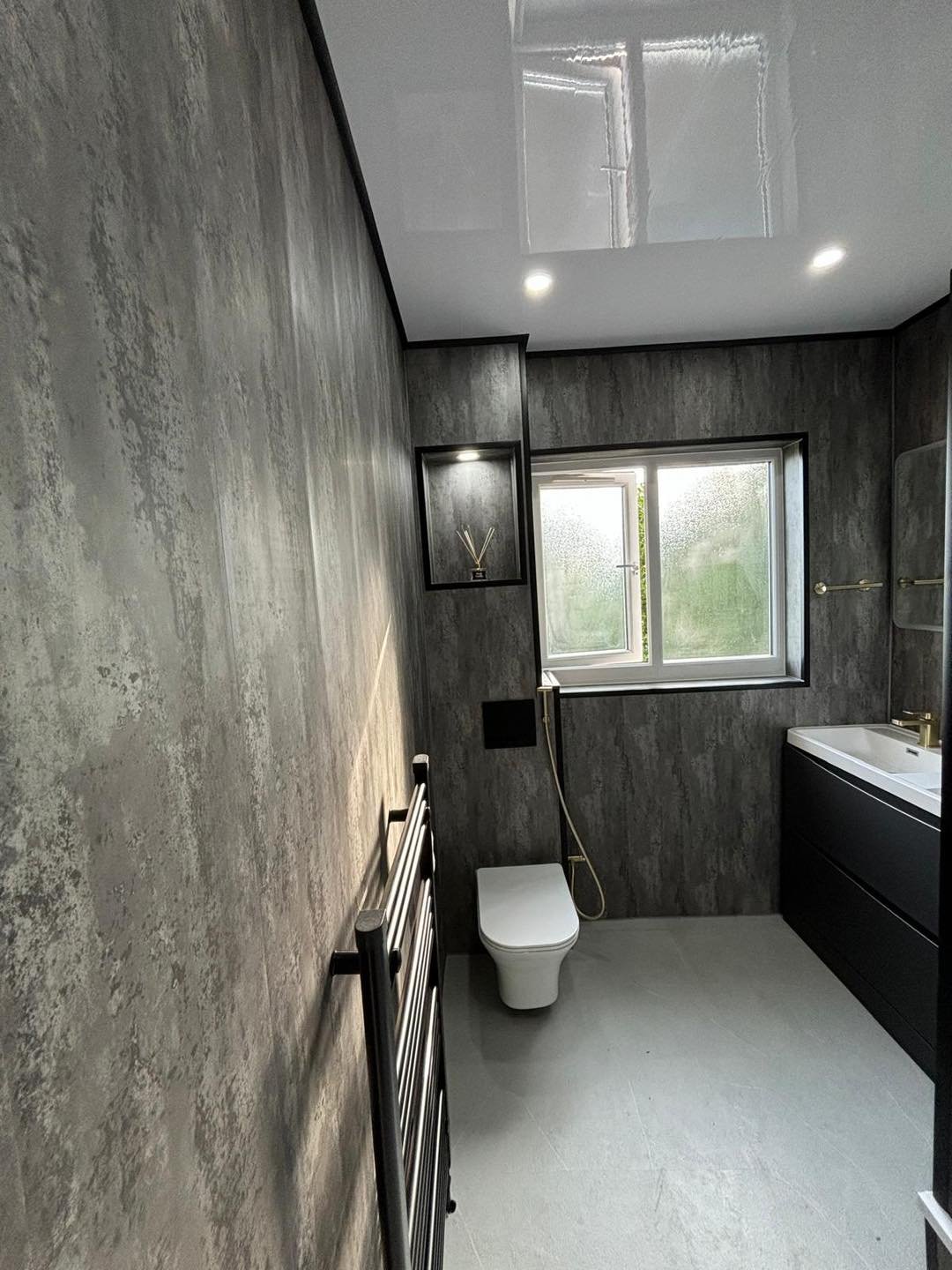

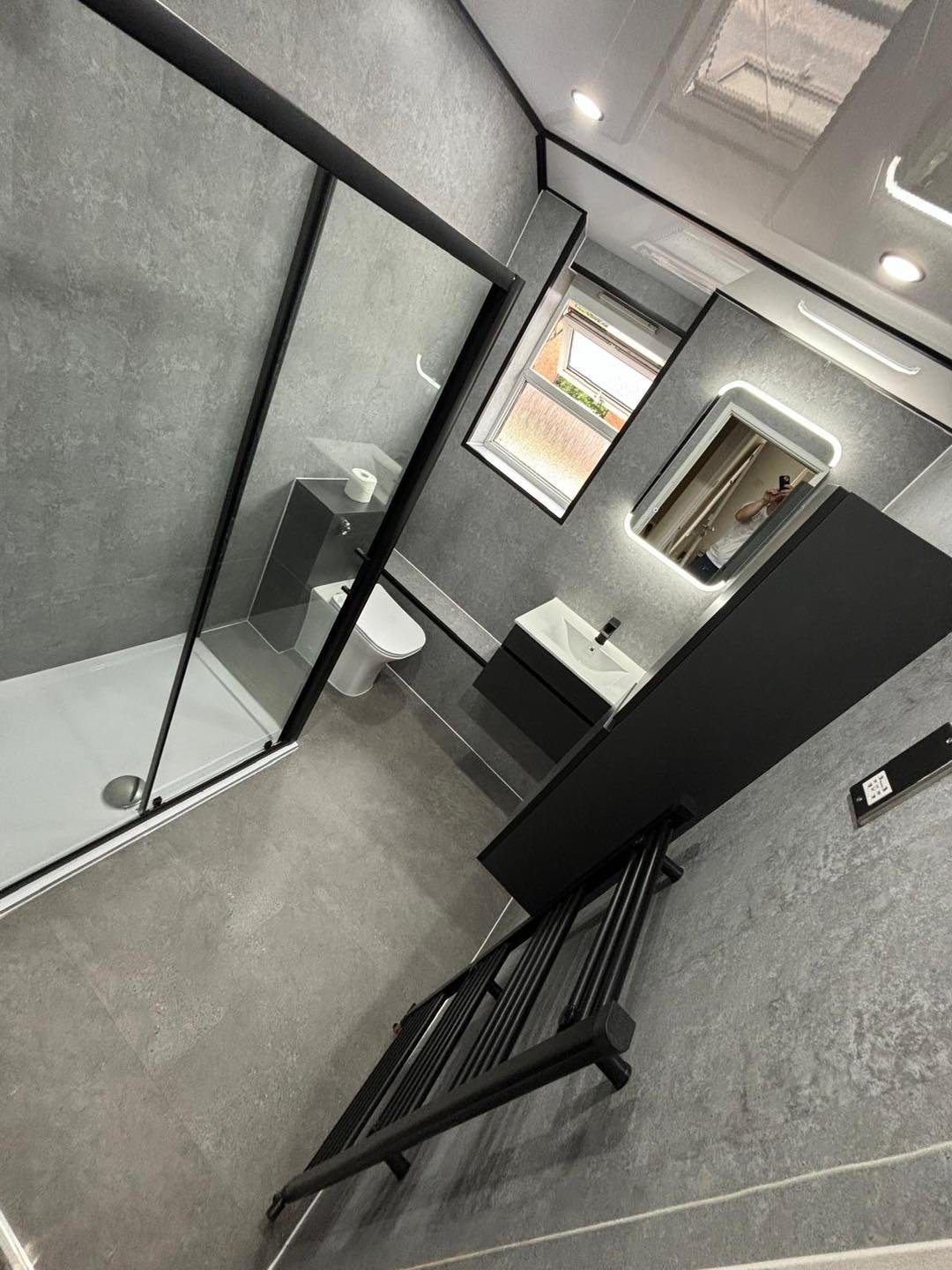
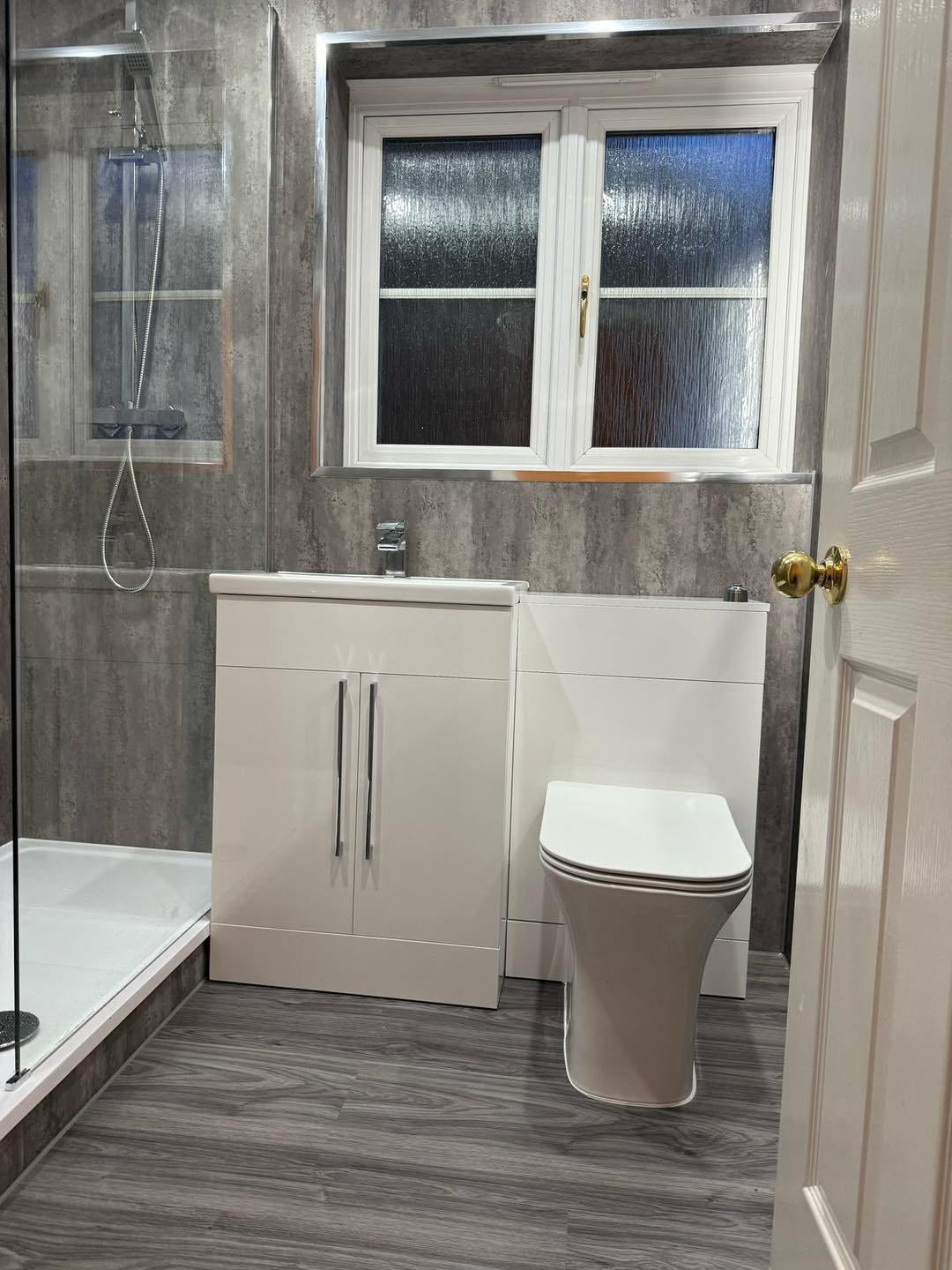
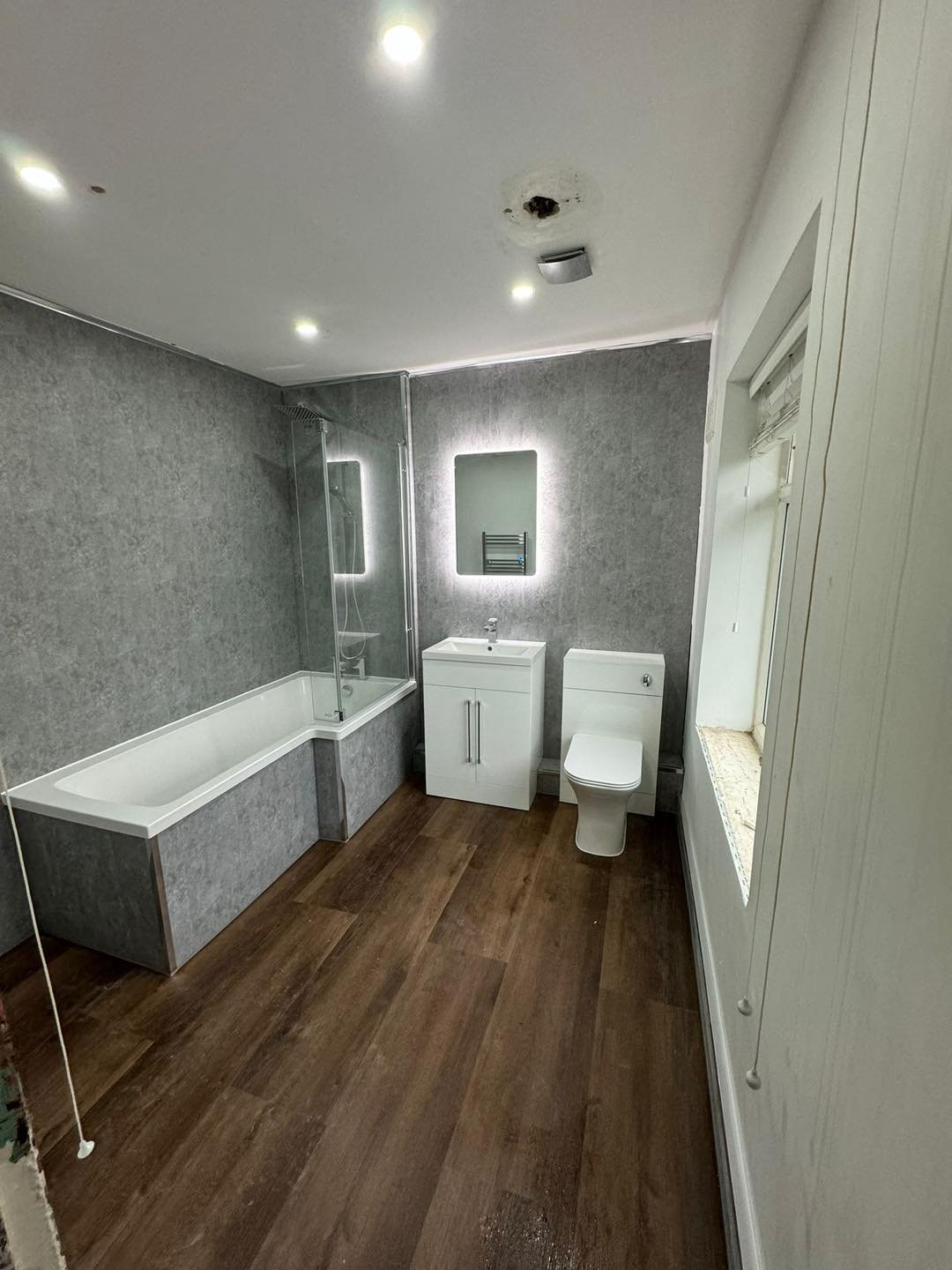
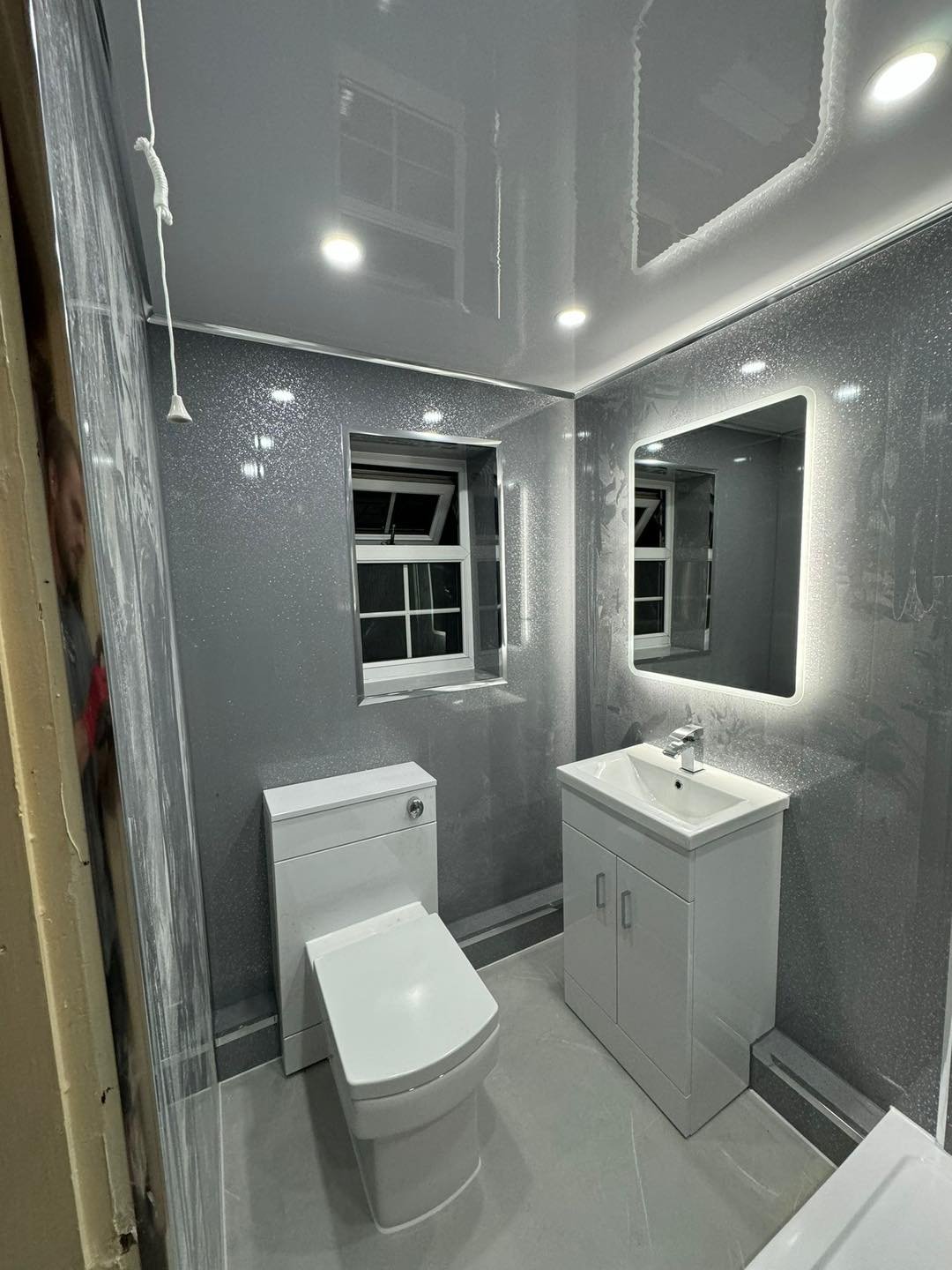
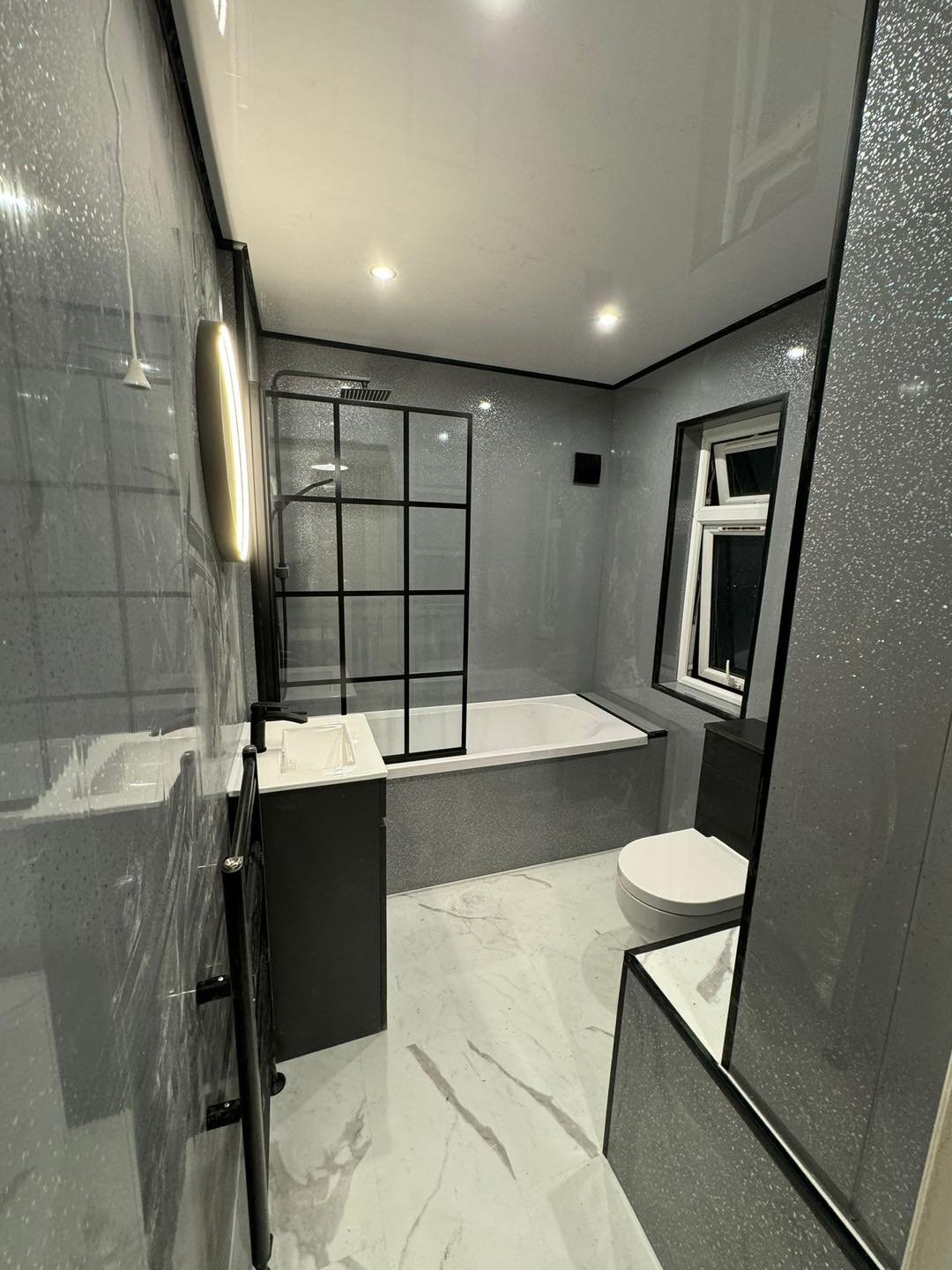
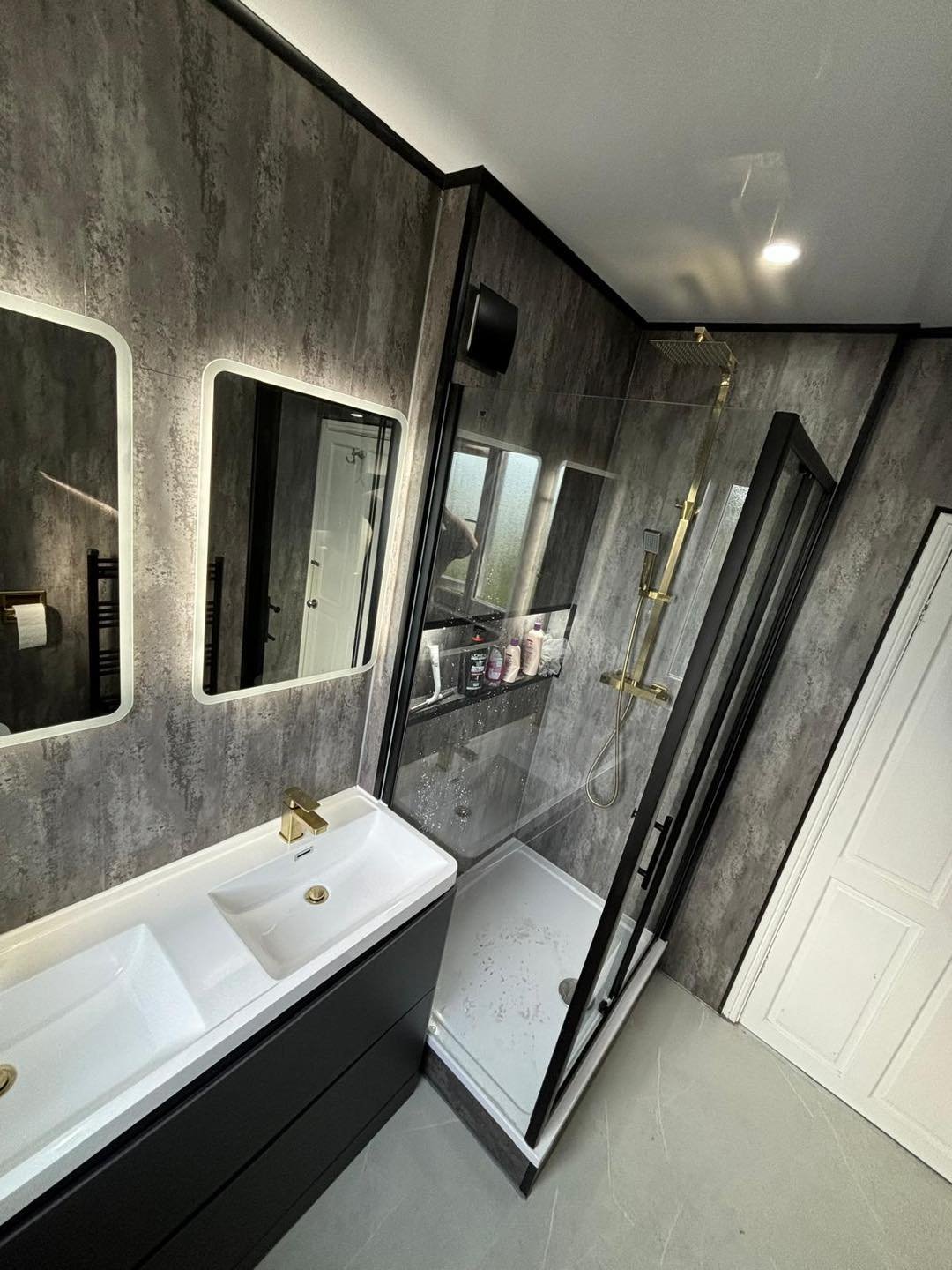

RENOVATIONBathrooms Projects
RENOVATIONKitchens Projects

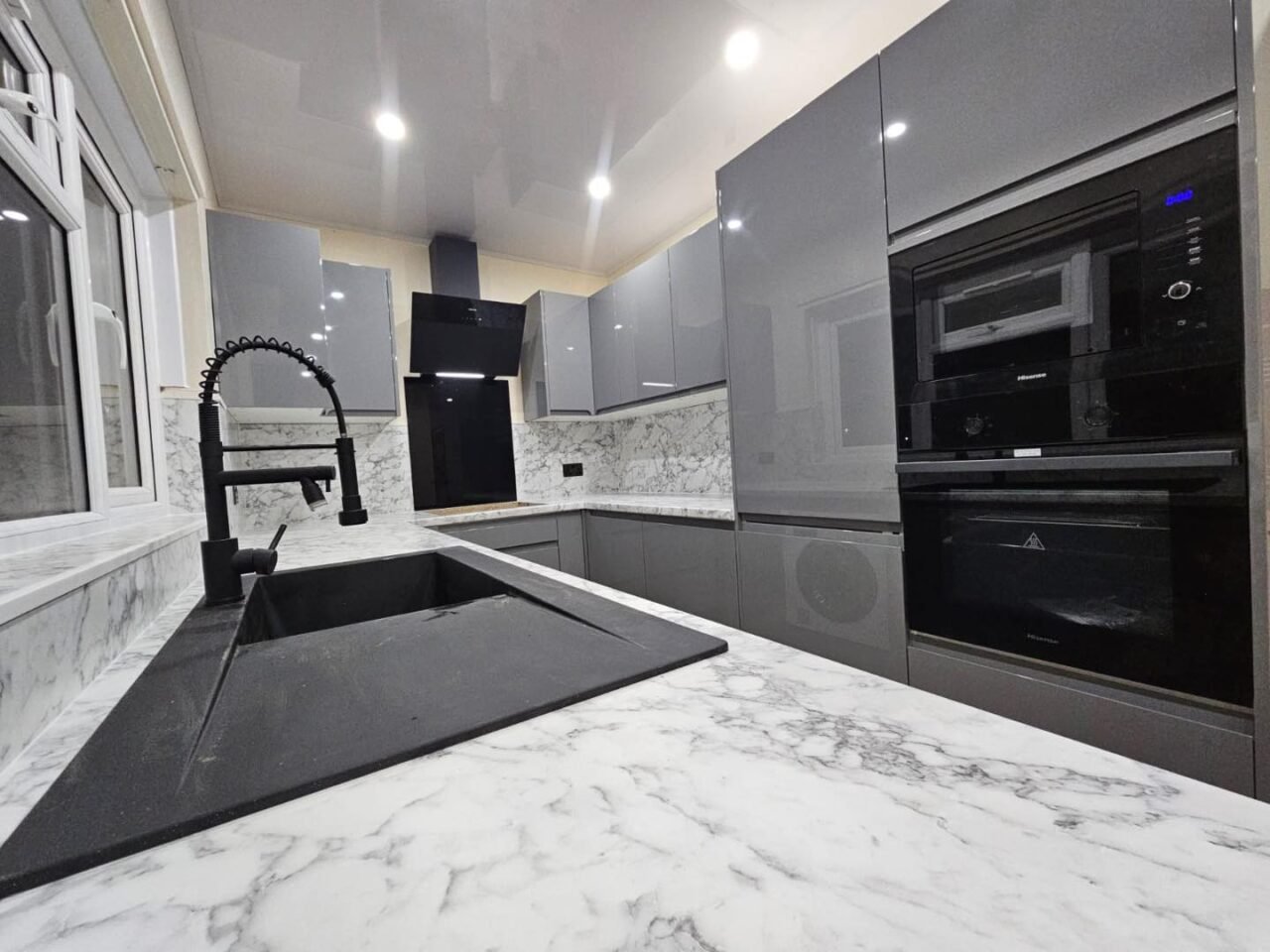


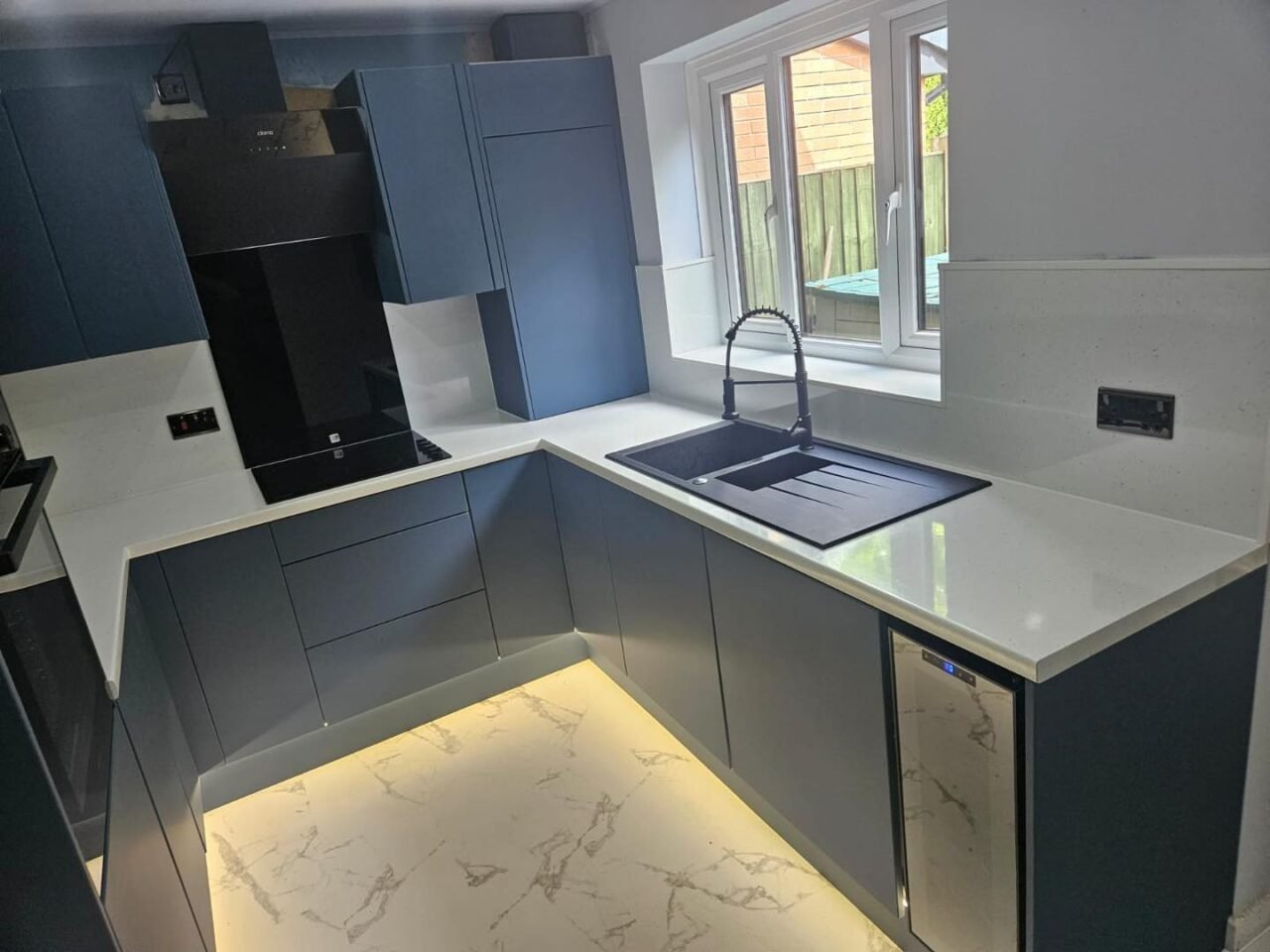

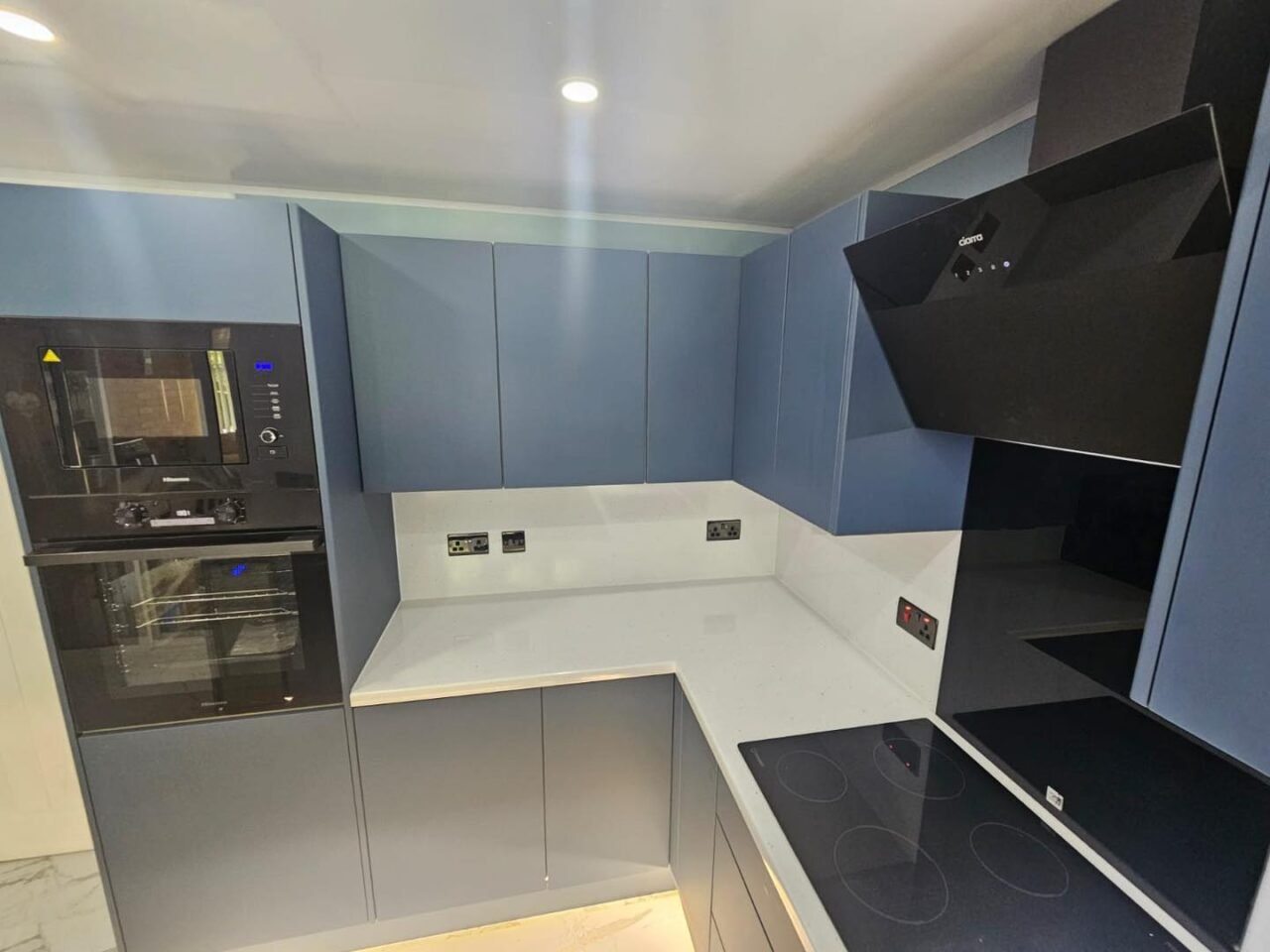

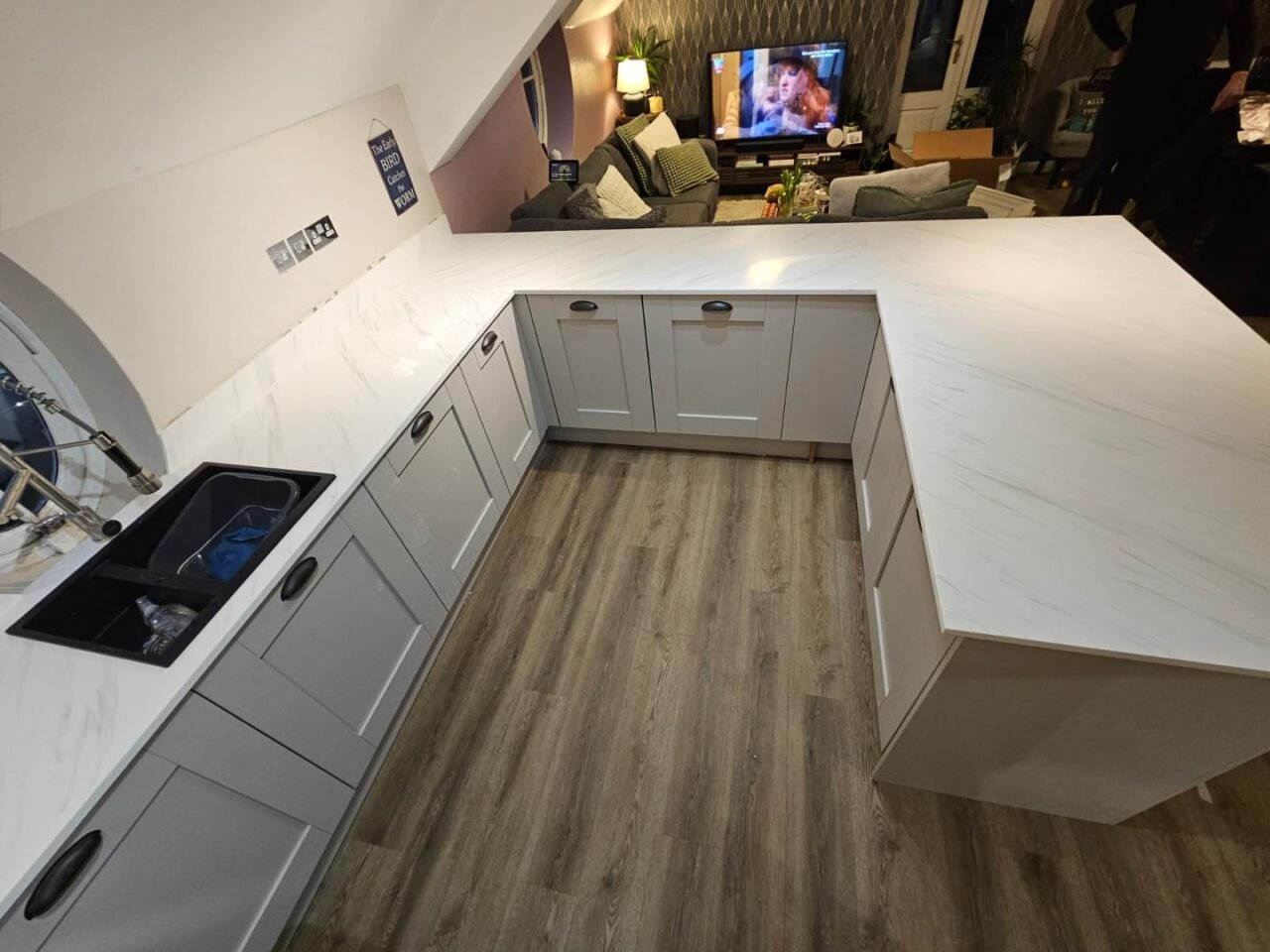
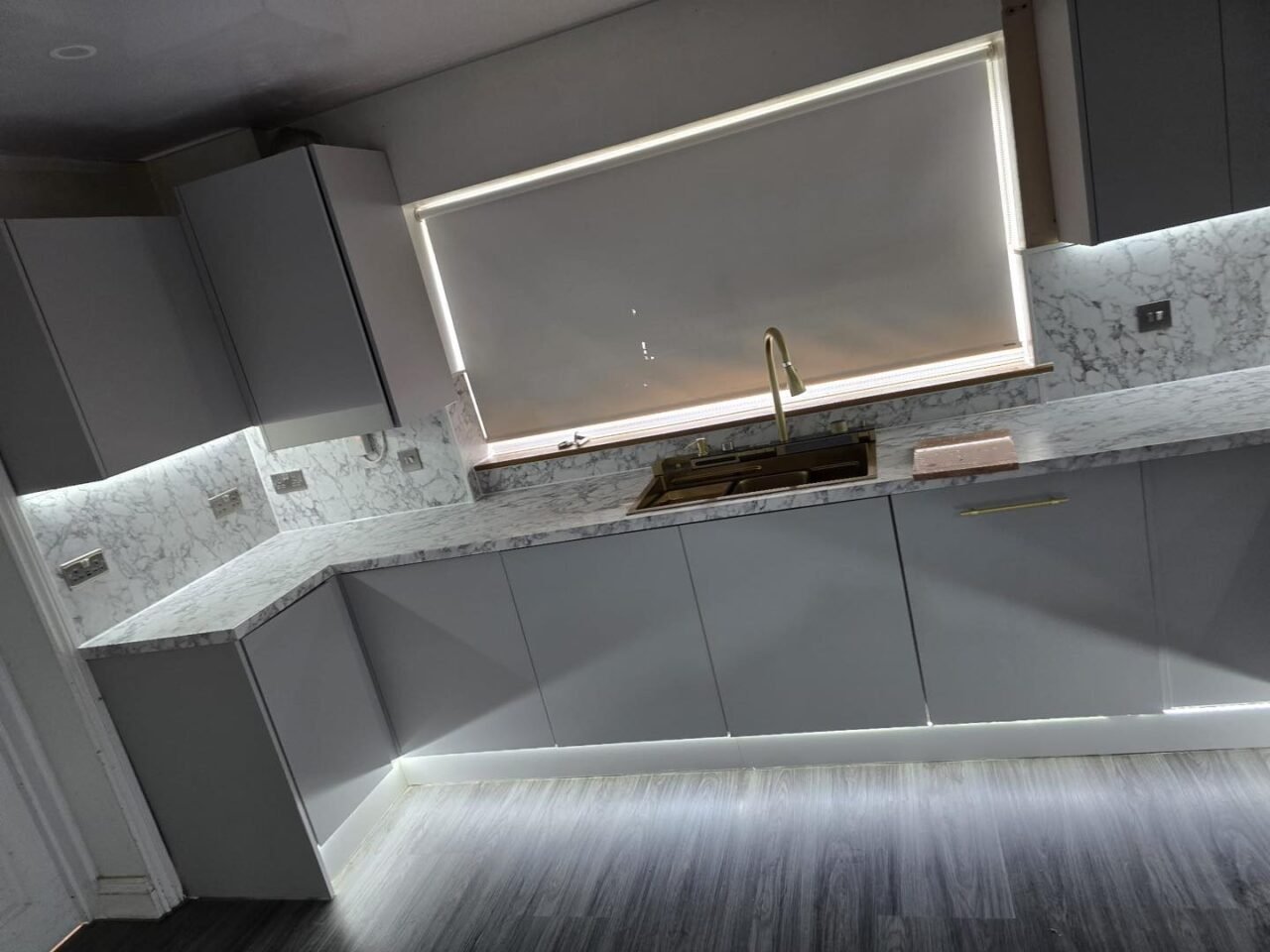
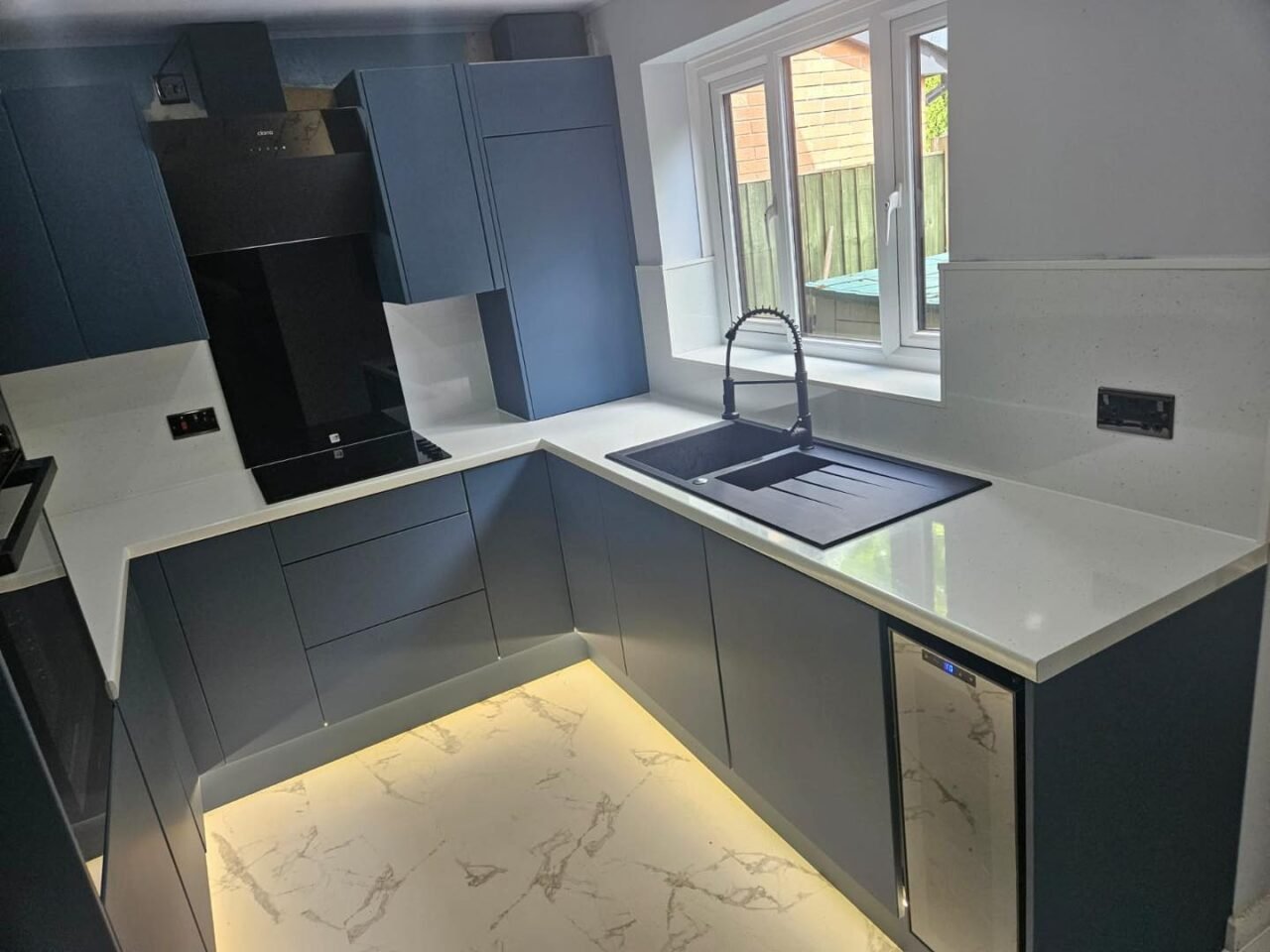
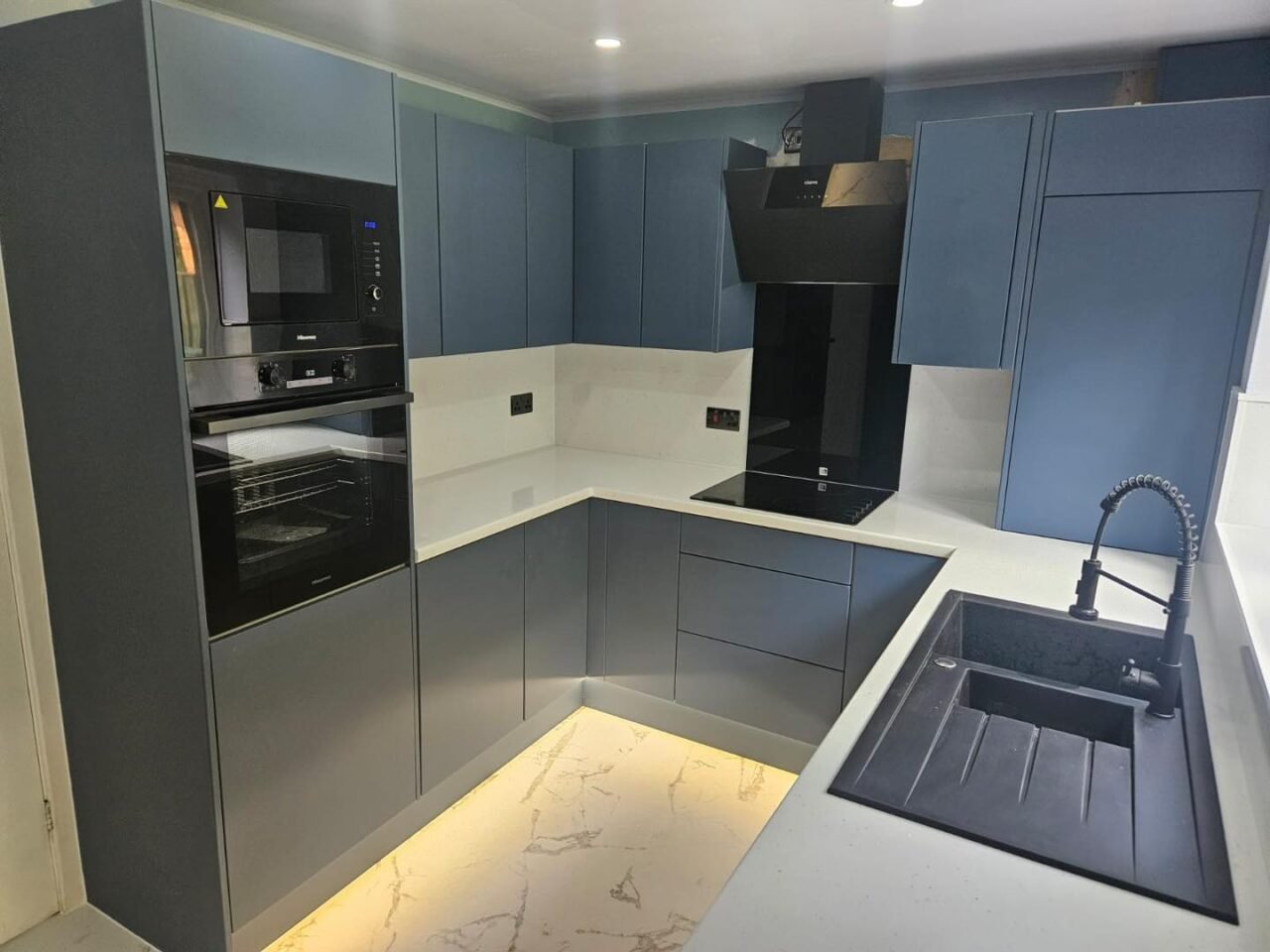

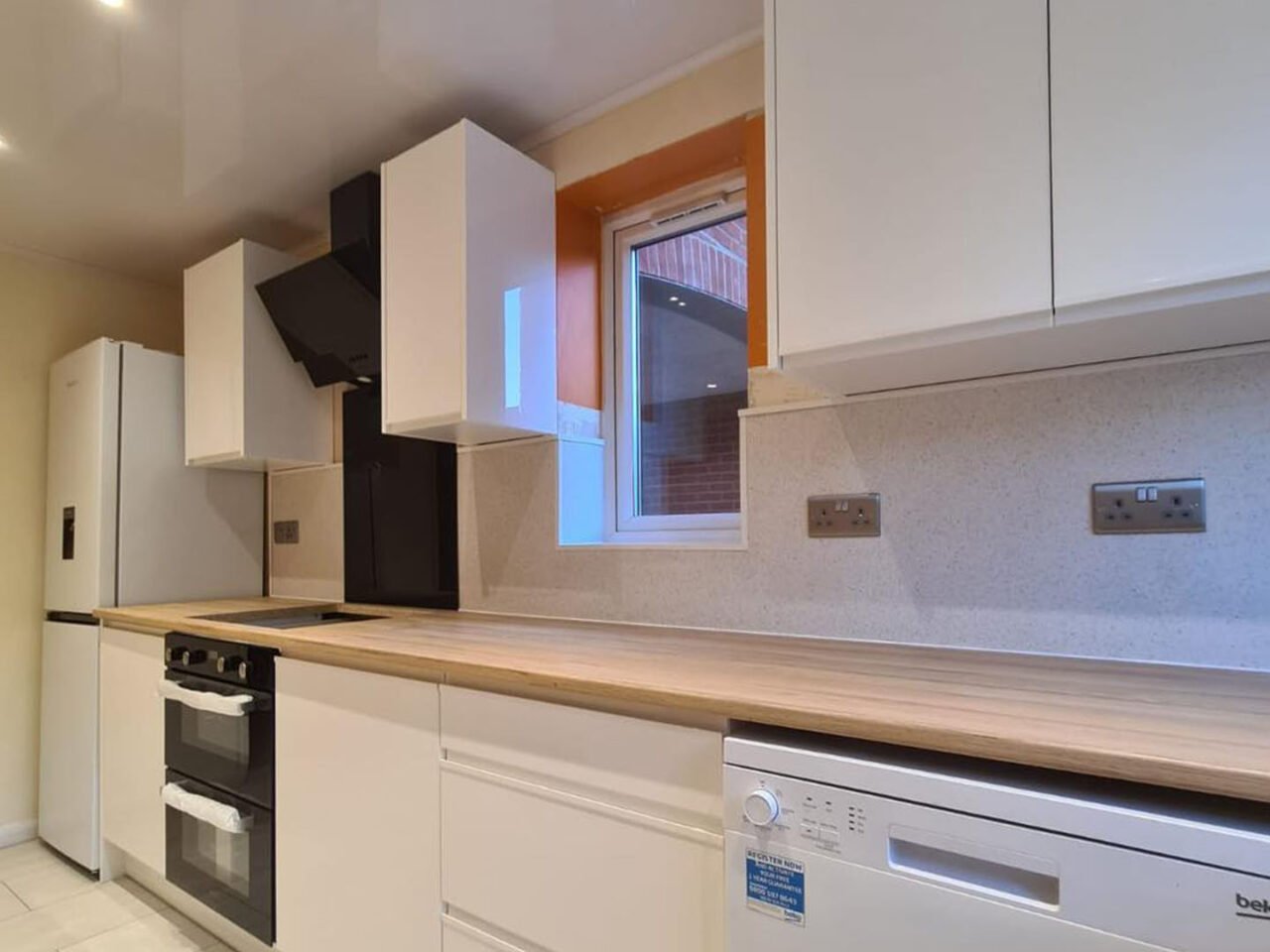

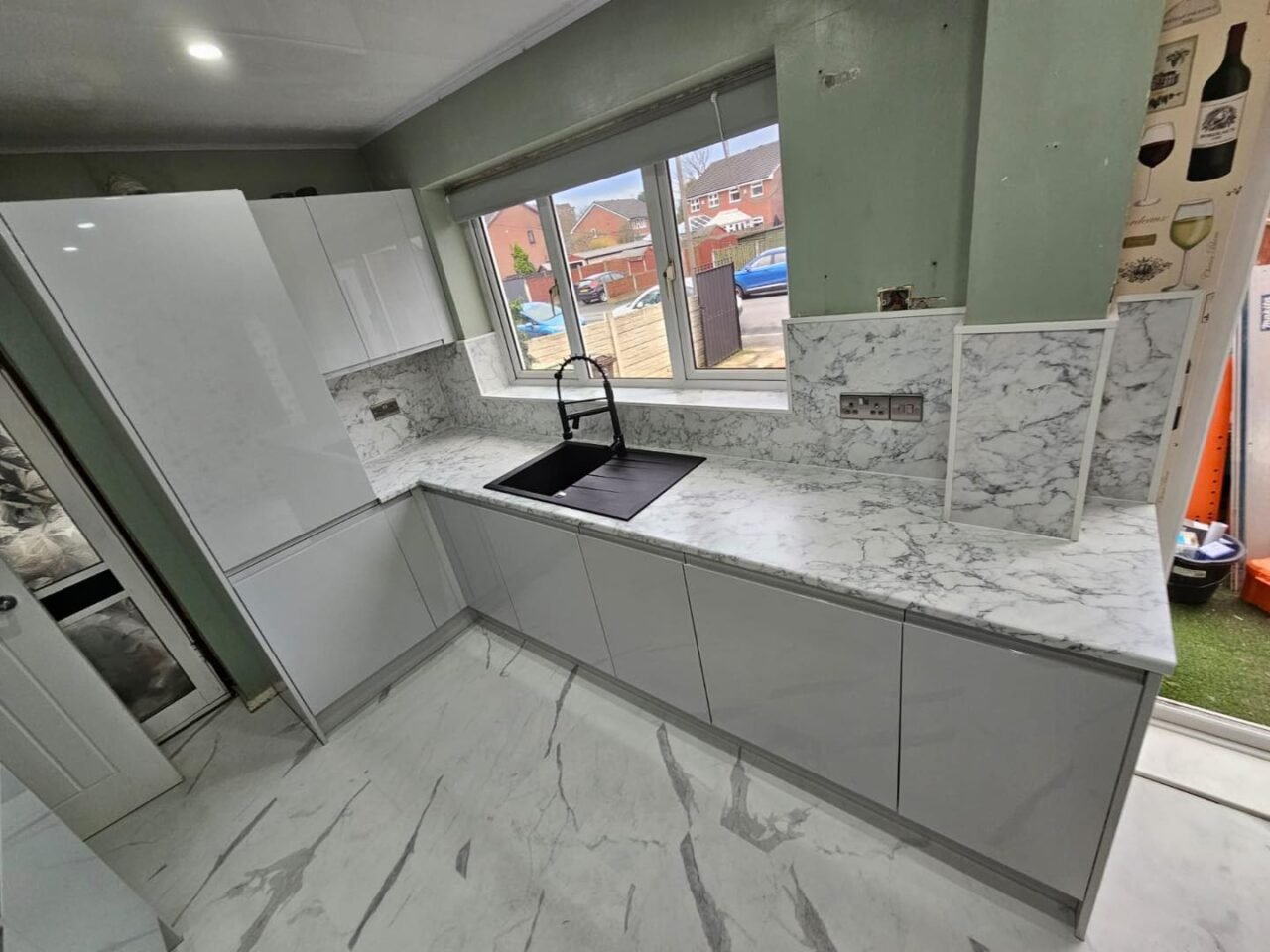
RENOVATIONKitchens Projects
RENOVATION🔍 3D Visualization of
Kitchens and Bathrooms
🔍 3D Visualization of
Kitchens and Bathrooms
🔍 3D Visualization of
Kitchens and Bathrooms
Service Reservation and Consulting!


Frequently asked questions?
Frequently asked questions?
🔍 How long does a full bathroom renovation take?
🚿How long does a full bathroom renovation take?
A full bathroom renovation typically takes 3 to 6 weeks, depending on the complexity of the project, the size of the bathroom, and any unforeseen issues that arise. Here’s a general breakdown of the timeline:
1. Planning & Design (1-4 weeks)
2. Demolition & Preparation (2-5 days)
3. Plumbing & Electrical Work (2-5 days)
4. Walls, Flooring, & Waterproofing (4-7 days)
5. Tile Installation (5-10 days)
6. Fixtures & Cabinetry Installation (3-5 days)
7. Painting & Finishing Touches (2-4 days)
8. Final Inspection & Cleanup (1-2 days)
Factors That Can Delay the Process:
If you’re hiring professionals, they can usually complete a standard bathroom renovation in 4-6 weeks. DIY renovations may take longer, especially if done on weekends.
🔍 How long does a full bathroom renovation take?
🚿How long does a full bathroom renovation take?
A full bathroom renovation typically takes 3 to 6 weeks, depending on the complexity of the project, the size of the bathroom, and any unforeseen issues that arise. Here’s a general breakdown of the timeline:
1. Planning & Design (1-4 weeks)
2. Demolition & Preparation (2-5 days)
3. Plumbing & Electrical Work (2-5 days)
4. Walls, Flooring, & Waterproofing (4-7 days)
5. Tile Installation (5-10 days)
6. Fixtures & Cabinetry Installation (3-5 days)
7. Painting & Finishing Touches (2-4 days)
8. Final Inspection & Cleanup (1-2 days)
Factors That Can Delay the Process:
If you’re hiring professionals, they can usually complete a standard bathroom renovation in 4-6 weeks. DIY renovations may take longer, especially if done on weekends.
🔍 How long does a full bathroom renovation take?
🚿How long does a full bathroom renovation take?
A full bathroom renovation typically takes 3 to 6 weeks, depending on the complexity of the project, the size of the bathroom, and any unforeseen issues that arise. Here’s a general breakdown of the timeline:
1. Planning & Design (1-4 weeks)
2. Demolition & Preparation (2-5 days)
3. Plumbing & Electrical Work (2-5 days)
4. Walls, Flooring, & Waterproofing (4-7 days)
5. Tile Installation (5-10 days)
6. Fixtures & Cabinetry Installation (3-5 days)
7. Painting & Finishing Touches (2-4 days)
8. Final Inspection & Cleanup (1-2 days)
Factors That Can Delay the Process:
If you’re hiring professionals, they can usually complete a standard bathroom renovation in 4-6 weeks. DIY renovations may take longer, especially if done on weekends.
🔍 How long does a full bathroom renovation take?
🚿How long does a full bathroom renovation take?
A full bathroom renovation typically takes 3 to 6 weeks, depending on the complexity of the project, the size of the bathroom, and any unforeseen issues that arise. Here’s a general breakdown of the timeline:
1. Planning & Design (1-4 weeks)
2. Demolition & Preparation (2-5 days)
3. Plumbing & Electrical Work (2-5 days)
4. Walls, Flooring, & Waterproofing (4-7 days)
5. Tile Installation (5-10 days)
6. Fixtures & Cabinetry Installation (3-5 days)
7. Painting & Finishing Touches (2-4 days)
8. Final Inspection & Cleanup (1-2 days)
Factors That Can Delay the Process:
If you’re hiring professionals, they can usually complete a standard bathroom renovation in 4-6 weeks. DIY renovations may take longer, especially if done on weekends.
🔍 How long does a full bathroom renovation take?
🚿How long does a full bathroom renovation take?
A full bathroom renovation typically takes 3 to 6 weeks, depending on the complexity of the project, the size of the bathroom, and any unforeseen issues that arise. Here’s a general breakdown of the timeline:
1. Planning & Design (1-4 weeks)
2. Demolition & Preparation (2-5 days)
3. Plumbing & Electrical Work (2-5 days)
4. Walls, Flooring, & Waterproofing (4-7 days)
5. Tile Installation (5-10 days)
6. Fixtures & Cabinetry Installation (3-5 days)
7. Painting & Finishing Touches (2-4 days)
8. Final Inspection & Cleanup (1-2 days)
Factors That Can Delay the Process:
If you’re hiring professionals, they can usually complete a standard bathroom renovation in 4-6 weeks. DIY renovations may take longer, especially if done on weekends.







